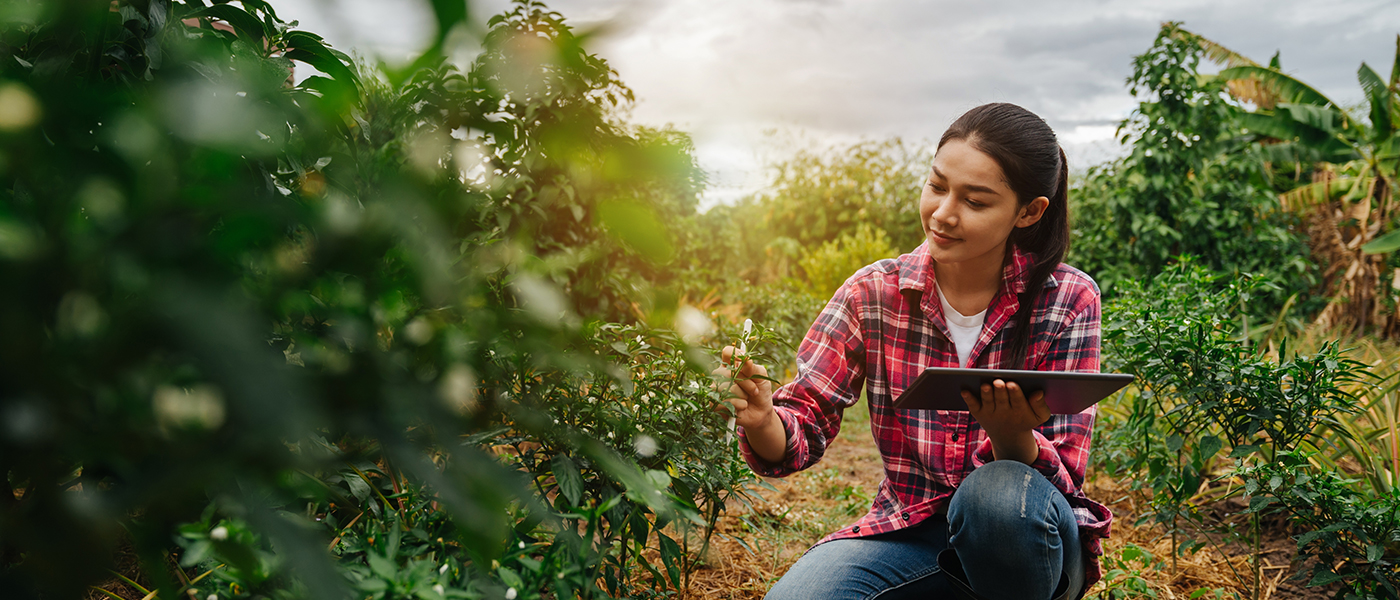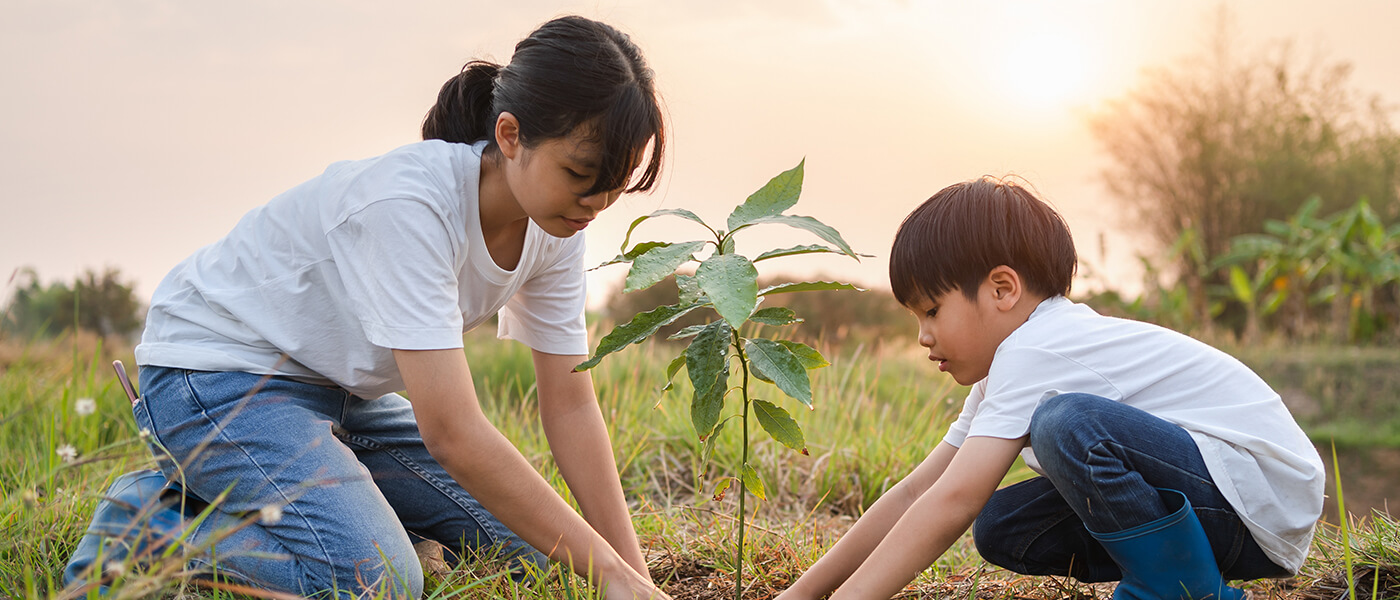Year In Review 2023 with Geneco
- Home
- 2023
[Post Date]
Year In Review 2023 with Geneco

2023 marks a significant year for Geneco as we were thrilled to celebrate our 5th Anniversary, with a noteworthy achievement — the announcement of Singapore’s No.1 Residential Electricity Retailer by the Energy Market Authority with a strong over 20,000 households — a clear testament to our customers’ continuous and growing support over the years.
Beyond the title, being the leading brand serves as an opportunity for us to drive impactful change as we build a sustainable home for future generations, and we are thankful for all who have joined us on our journey to #PowerTheChange for social and environmental good.
As the year comes to a close, join us as we take a look at and celebrate the key milestones.
Keeping Chinese New Year traditions for a sustainable future
We know Chinese New Year to be a time when families often gather and participate in age-old customs to convey well wishes for the new year. Red packet exchanges are common practice, though they are often discarded when celebrations conclude.
With #GreenForProsperity, we created an opportunity to align traditional practices with a more eco-friendly approach and remind everyone about the importance of prioritising sustainability amidst the festivities.
As part of the campaign, we collaborated with the National Parks Board’s (NParks) Garden City Fund to spotlight 4 native wildlife on our Geneco red packets, which are made from 100% recycled paper, to inspire Singaporeans to look deeper into our green spaces and be amazed by our native biodiversity. Within each of these limited-edition Geneco red packets, we also included a lesser-known fact about these chosen wildlife.
Going beyond the sustainability message encapsulated in the red packets, we rallied Singaporeans to take action and make their pledge to support the conservation of our native biodiversity. With over 72,200 pledges received by the end of the initiative, we were heartened to see many Singaporeans who have joined us in our efforts to #PowerTheChange.
With strong support from the public over the years, we also brought back our Used Red Packet Recycling Initiative for its third consecutive year, encouraging all to drop off their used and excess red packets for recycling. Together with partners CRU, IUIGA, OTO, REFASH and Wisma Atria, we placed 30 red packet recycling bins across the island and passed the collected red packets to Tay Paper Recycling to give them a second life of purpose.
Thanks to the overwhelming response from our nation, we collected more than 2,930kg of red packets this year, reflecting the collective efforts put in by Singaporeans to make our long-standing traditions an even greener one.
Celebrating 5 years of Powering The Change
2023 was also a very special year for us as we commemorated our 5th anniversary with #GenecoFiVesta, where we celebrated our customers and partners for supporting us with their trust and growing our Geneco Family to become Singapore’s No. 1 Residential Electricity Retailer, with over 160,000 homes — and most importantly, to thank them for being a part of our journey towards building a more sustainable home for all.
As part of the campaign, we launched our #SeedTheFuture initiative where we partnered with NParks’ registered charity and IPC, Garden City Fund to raise awareness about the Singapore Botanic Gardens Seed Bank’s efforts to conserve seeds of threatened plant species in Southeast Asia, to sow the seeds to build a greener future.
In collaboration with local ice cream brand, Apiary, we created the first-ever exclusive carbon-neutral certified Geneco #SeedTheFuture ice cream. Made with natively found fruits and seeds, the main flavour of the ice cream is a refreshing Calamansi Lime accompanied by Attap Seeds, one of the seeds conserved at the Singapore Botanic Gardens Seed Bank.
As part of our commitment to NParks’ #OneMillionTrees movement to plant 250 trees over five years and contribute towards the Singapore Green Plan 2030, we also planted another 50 trees at Bedok Reservoir on Earth Day (22 April), marking the third consecutive year of our Plant-A-Tree event. Through our green efforts to #SeedTheFuture, we hoped to continue inspiring all to contribute to Singapore’s goal of becoming a greener and more sustainable city.
Spotlighting the importance of mental well-being
As the happiest nation in Asia, there was no better day than National Day, to shine a spotlight on the importance of mental wellness of our people.
In celebration of our nation’s 58th birthday, we invited everyone to seek their own secret garden within our City In Nature – and discover a personal haven where they can find solace and rediscover what brings them happiness.
With 9 Therapeutic Gardens across our nation that have been established by NParks to contribute positively to the well-being of Singaporeans, we hoped to spotlight and bring these gardens to life through our collaboration with Daryl Aiden, where he shared a creative photo collection of how he reimagined the gardens through his lenses.
As part of the initiative, we showcased the photos of 9 Therapeutic Gardens reimagined by Daryl Aiden for online voting and held photo gallery pop-ups at REFASH Chinatown Point, REFASH Funan, REFASH Tampines One, and Funan Mall for public viewing.
In just one month, we received an overwhelming response of over 45,500 votes and the top 3 winning photos were chosen to be printed on our limited edition Geneco X Daryl Aiden tote bags, and given away with every purchase at all REFASH stores in August – further promoting sustainable practices for Singaporeans.
With all the support and heartfelt comments received during the campaign, we were encouraged to know that many Singaporeans resonated with the campaign and more importantly, that we were able to spark more conversations about mental well-being.
Inspiring all to help turn lives around with second chances
This holiday season, we aimed to share warmth as we inspired the public to embrace hope as a powerful force of change, by providing hope to others through giving second chances and building an even more inclusive society. As part of the initiative, we featured a curated collection of 6 Inspirational Quotes of Hope, surrounding personal themes of hope, encouragement, and connection, specially narrated by Mediacorp 987 DJ Joakim Gomez, and celebrity host, Kelly Latimer.
Together with Yellow Ribbon Project, we invited all to join hands with us to cast ‘The Magic of Hope’, encouraging everyone to contribute towards the rehabilitation and reintegration efforts of inmates and ex-offenders. Through the support of $15,000 to Yellow Ribbon Project, we were delighted to present festive exclusive Red Velvet & Almonds Cookies that have been thoughtfully researched and meticulously handcrafted by inmates from the Yellow Ribbon Bakery.
To continue spreading cheer amidst the festivities, we held our first-ever Net Zero ‘The Magic of Hope’ Pop-up Café, joining hands with Huggs Coffee as well to share the message of helping to turn lives around with second chances. In the spirit of gifting, we gave away a limited edition Geneco Tote Bag and Yellow Ribbon Pin to anyone who voted for their favourite quotes over the weekends, and also encouraged shoppers to drop by the cafe for holiday gifts from Yellow Ribbon Bakery’s Christmas Collection and grab a drink from Huggs Coffee, where a portion of each purchase will directly contribute to the rehabilitation and reintegration efforts of inmates and ex-offenders.
To make this initiative an even more meaningful one, we invited TikTok influencers, Simon Khung and Luke Chan, to spread warmth by giving out free hugs and handing out sweet treats to the public.
With the support of the public, we gave away 46,200 of these festive exclusive cookies to those who voted for their favourite Inspirational Quotes of Hope.
A Final Nod to 2023
Looking back at 2023, we are heartened by the belief and support of our partners, communities and families for our initiatives and in building a sustainable home that we can celebrate for generations to come.
Let’s continue to #PowerTheChange for a brilliant 2024 – one that is filled with hope, joy and purpose.
Before we end the year, here is a look back at our milestones this year in a video recap.
Geneco and Yellow Ribbon Project join hands to cast ‘The Magic of Hope’
- Home
- 2023
[Post Date]
Geneco and Yellow Ribbon Project Join Hands
to Cast ‘The Magic of Hope’
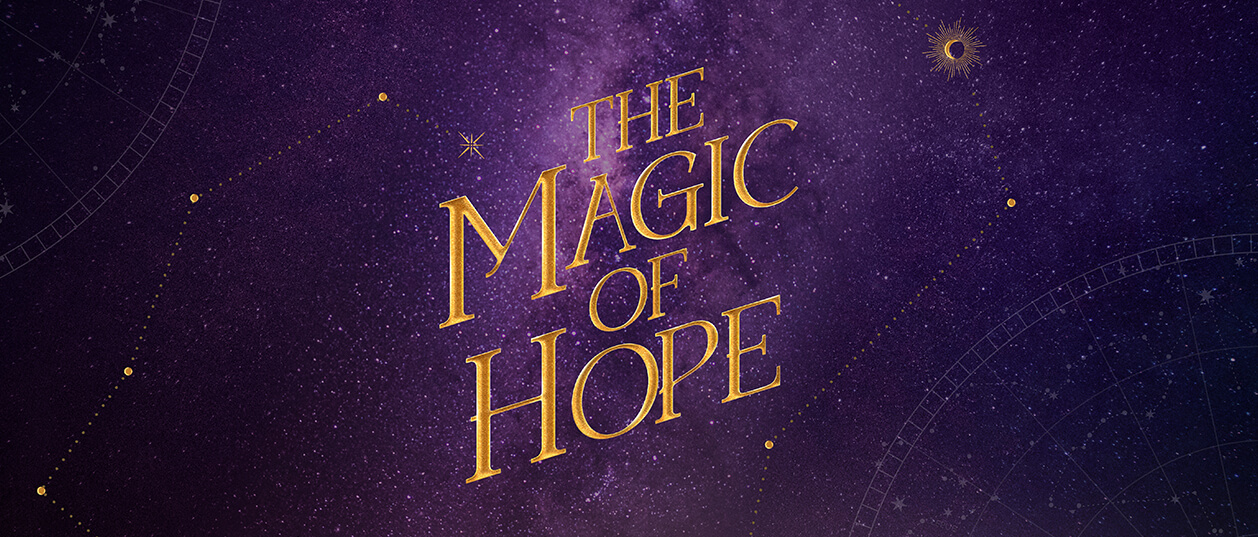
As the year-end approaches, it is not only an opportunity for us to look back at what we could have done differently but it is also a time for us to look ahead and think about how we can do better. Not just for ourselves, but for others as well, especially those who need help to make right what was wrong.
This festive season, we have joined hands with Yellow Ribbon Project for a meaningful and heartwarming initiative — The Magic of Hope, to help turn around lives for a fresh start, a new beginning, and a better tomorrow.
Vote For Your Favourite Inspirational Quotes of Hope
As part of our campaign, we have curated a collection of 6 Inspirational Quotes of Hope narrated by Mediacorp 987 DJ Joakim Gomez and celebrity host Kelly Latimer. Each of these quotes surrounds personal themes of hope, encouragement, and connection.
Through these quotes, we hope to inspire all on the boundless possibilities that accompany each journey and share the message of hope with those who are going through a challenging time.
Simply visit www.themagicofhope.sg to vote for up to 6 of your favourite Inspirational Quotes of Hope and you can stand a chance to be 1 of 5 lucky winners to receive $100 eCapitaVoucher. Voting can be done daily from now till 31 December 2023. If you know of anyone who needs encouragement during this time of the year, you can also download these quotes by clicking on the icon at the bottom of each video and sharing it with them.
We are also heartened to have Key Opinion Leaders like Belinda Lee, Ben Yeo, Rui En, and Sonia Chew, who have shared their personal story on second chances. Check out their posts below.
Savour our Exclusive Festive Cookies
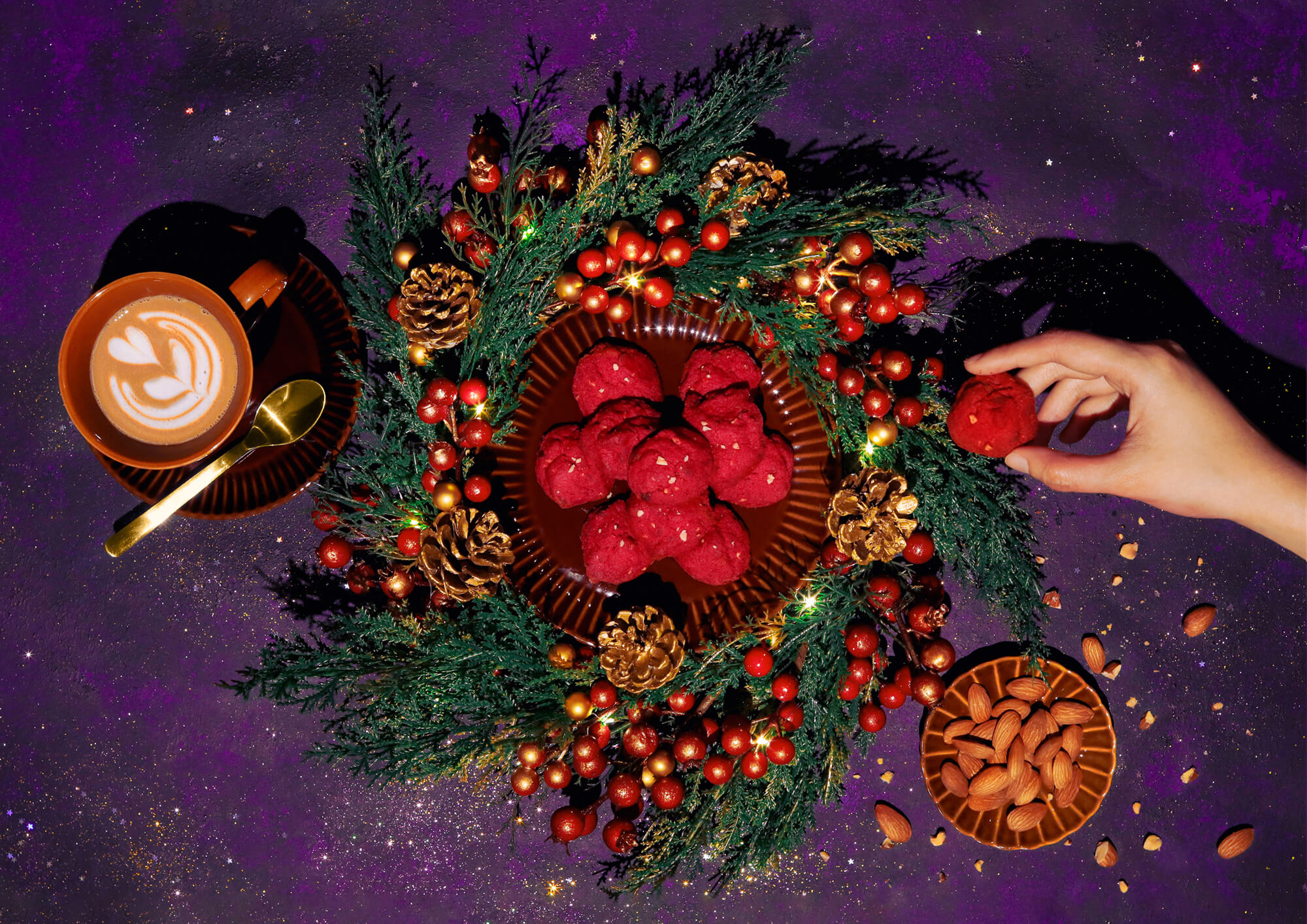
Through the support of $15,000 to Yellow Ribbon Project, Geneco is delighted to present festive exclusive Red Velvet & Almonds cookies that have been thoughtfully researched and meticulously handcrafted by inmates. If you wish to receive one of these 3000 complimentary festive gifts, look out for our pop-up café in December.
These specially crafted cookies provide the inmates with valuable skills as they work towards their successful reintegration into society. We hope that you can support the initiative to reaffirm their worth and bolster their confidence to guide them on their paths toward a brighter future.
Welcome to The Magic of Hope Pop-up Café
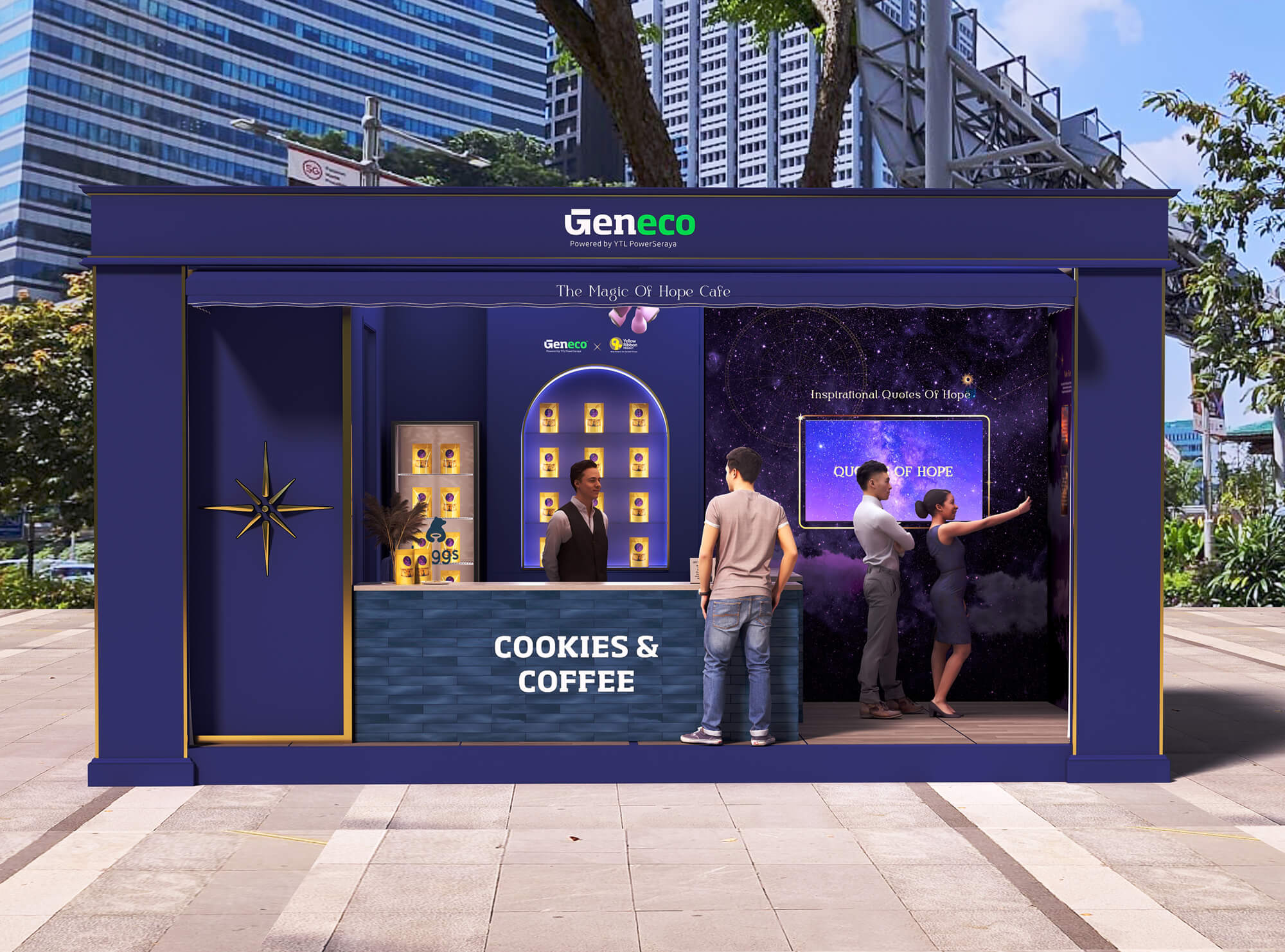
Join us at our first-ever Net Zero pop-up café this holiday outside ION Orchard from 7 to 17 December, 10 AM to 10 PM. At our café, you can do your Christmas shopping and buy the perfect gift from Yellow Ribbon Bakery’s festive collection and drinks from Huggs Coffee, where a portion of each purchase directly contributes to the rehabilitation and reintegration efforts of inmates and ex-offenders.
Receive a limited-edition Geneco tote bag along with a Yellow Ribbon pin, between 7 to 17 December on weekdays at the pop-up when you vote for your favourite Inspirational Quotes of Hope. Those who vote at the pop-up cafe during the weekends of 9 to 10 December and 16 to 17 December will be rewarded with a bag of exclusive Geneco x Yellow Ribbon Red Velvet & Almonds cookies.
Don’t miss out on the special guest appearance of TikTok influencers, Simon Khung and Luke Chan who will be visiting the pop-up café on 9 December, 6 PM to 8 PM. To spread the joy, they will be giving out free hugs as well as the exclusive Geneco x Yellow Ribbon cookies to those who have voted.
Join us as we #PowerTheChange for a fresh start, for new beginnings and for a better tomorrow.
Together.
3 Brands in Singapore creating sustainable staples
- Home
- 2023
[Post Date]
3 Brands in Singapore creating sustainable staples

In Singapore, many of us understand the need to embrace sustainability and minimise our environmental footprint. However, when it comes to taking action, we can see that there is more to be done — each of us generates roughly nine tonnes of CO2 every year, exceeding more than four times the target required to maintain a sustainable footprint.
It is becoming clear that every action, no matter how small, matters. With more and more community members stepping up to embark on that change together, we can count on our now easily start with supporting these brands for our everyday essentials.
In this month’s blog, we explore 3 shops that have created unique, eco-friendly products to supplement our daily routines. Read on to find out what they have to offer.
1. High-quality, long-lasting activewear
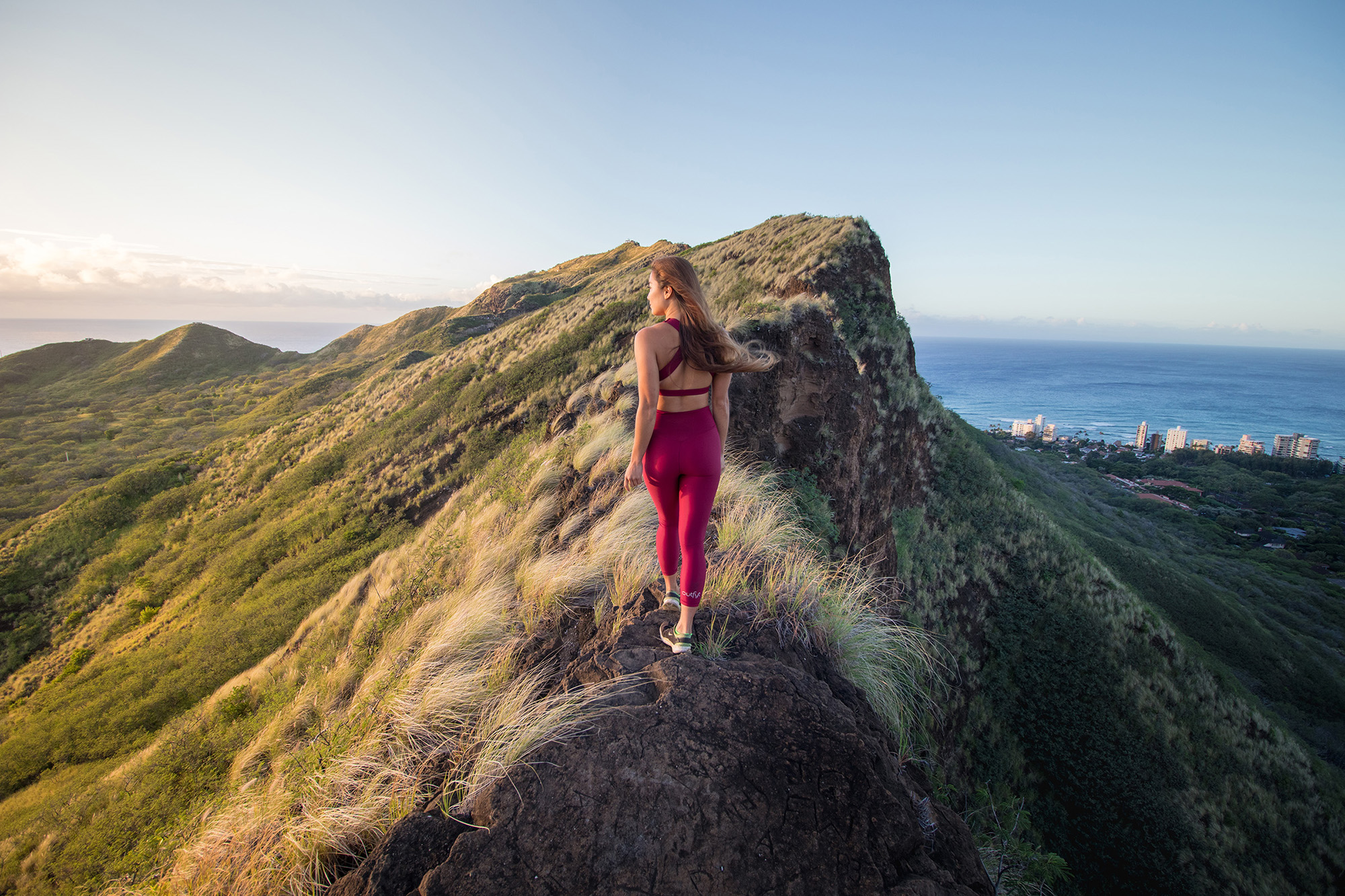
If you enjoy living an active lifestyle and exercising daily, you will know the importance of having workout attire that is not only durable but also makes you look and feel good.
To safeguard the health of our community and the environment, Outfyt offers an alternative to the usual mass-produced activewear — with classic-cut, Scandinavian-inspired garments that focus on clean production, minimalism and functionality.
Unlike fleeting fashion trends, Outfyt adopts a capsule collection instead. This means timeless designs in limited batches, utilising only rescued fabrics like ECONYL® Regenerated Nylon and LYCRA® XTRA LIFE™ to ensure workout pieces resist fading and maintain their shape for years to come.
From their manufacturers to materials and packaging, and even to their boutique, Outfyt ensures that their sustainability efforts are fully extended from production to sale. And the best part? 1% of proceeds from every purchase you make is donated to Healthy Seas, going towards cleaning the seas, saving marine wildlife and more.
More than activewear, their pieces are versatile too, so you can wear them whether you are lounging at home, heading out for a grocery run or even dressing them up for social occasions.
Shop their latest collection on their website.
2. Fun and edible cutlery for the family
As a nation with a strong ‘takeaway’ food culture, there is no denying the convenience of packing your favourite hawker dish to go. However, what is also undeniable is the environmental impact of our single-use cutleries, which according to the National Environmental Agency, has amounted to 200,000 tonnes of disposables in a year as a result of our frequent plastic use.
To address this concern, along with the issue of inadequate nutrition among urban dwellers, local entrepreneur, Anna Lam, ingeniously introduced Crunch Cutlery. Put simply, Crunch Cutlery is a set of 100% edible utensils, packed with a dose of nutritious superfoods to ensure that Singaporeans meet their daily vitamin intake while reducing the use of disposable plastics.
These bite-sized cracker-like utensils contain flax seeds, chia seeds, and wholewheat, each bite providing a boost of Omega 3, Vitamin B3, Lignans and fibre. They also come in gluten-free and vegan-friendly varieties so that everyone can enjoy a bite or two with their meals.
If you are unsure which flavours to get, you can try out all four new flavours — Strawberry, Banana Goji, Caramel Oats and Brown Sugar Oats — when you pick up an All Flavours! Zero Waste Gift Box (Set of 8).
With Crunch Cutlery, you can easily choose to be eco-conscious with your daily meals, without the hassle of washing up after. Find out more about this tasty cutlery via their website.
3. Stylish yet durable rubber footwear
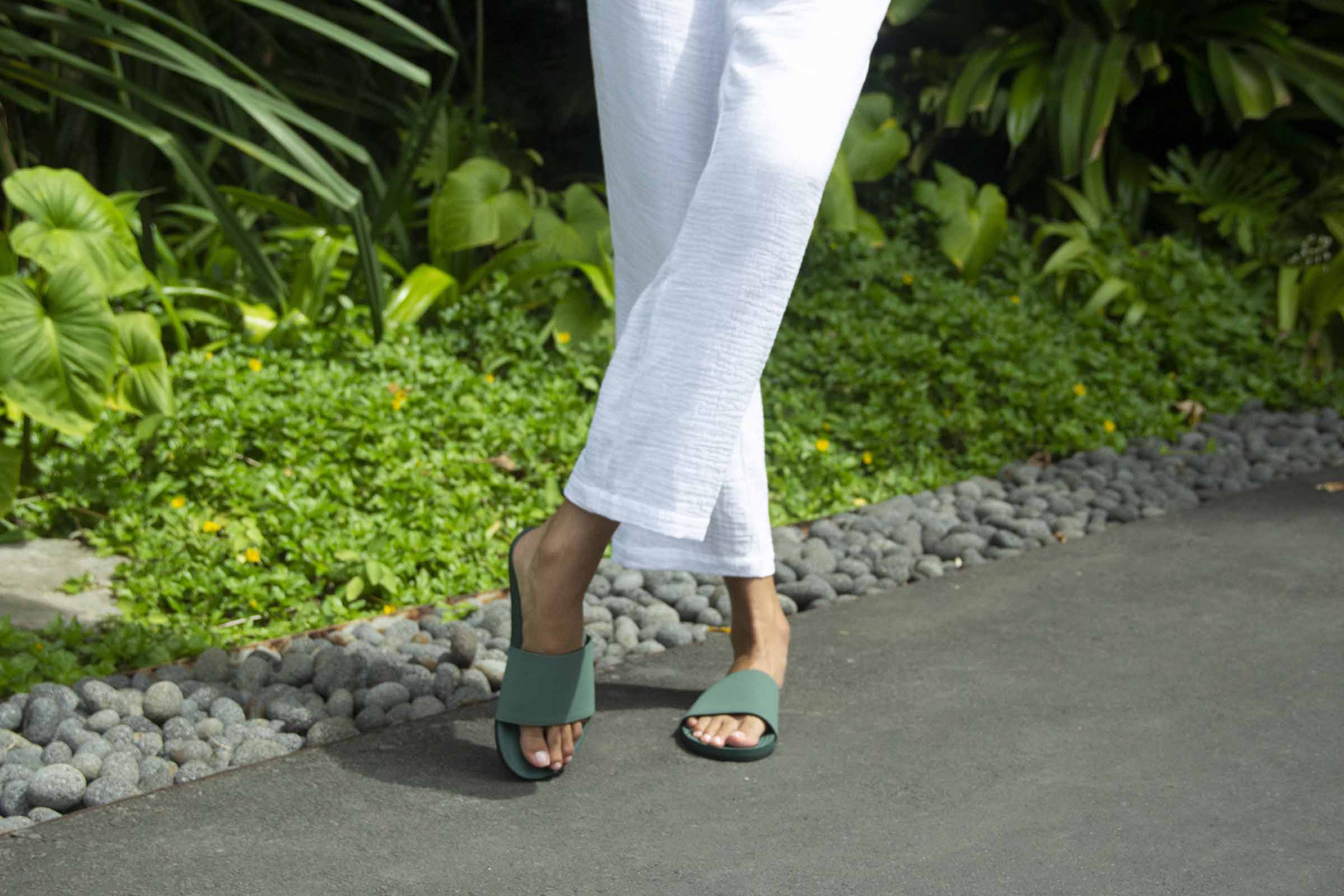
Living in a tropical metropolis where walking is a way of life, it is important that our choice of footwear extends beyond functionality. With sandals and slippers being everyday favourites, the emphasis is on durability and style, ensuring that they not only serve their purpose but also stand the test of time.
With sustainability in mind, Indosole gathers discarded rubber tires, which take approximately 50-80 years (or longer) to decompose, and transforms them into stylish, long-lasting soles. Their process prevents around 1.5 million tires from entering landfills every year, where they are often burned as low-cost fuel.
Rather than relying on synthetic materials that further strain our environment, Indosole reshapes these used materials into waterproof, ergonomic shoes that are perfectly suited for urban dwellers navigating various terrains on foot.
By choosing Indosole, you are not just choosing comfortable and reliable footwear; you’re also actively diverting tires from landfills and reducing the emissions associated with new shoe production.
Moreover, making a conscious choice to support products made responsibly goes a long way in ensuring your positive impact on both the environment and your community.
Explore the full Indosole collection here.
Fostering a Community of Green Living
Living sustainably is no longer just a trend, but a necessity in the face of climate change. By prioritising brands that support sustainability as our go-to, we are not only reducing our carbon footprint but also investing in the well-being of communities, ensuring that everyone has access to a more eco-lifestyle.
You can also join our Facebook and Instagram giveaway and be one of 10 lucky winners to take home a $30 eCapitaVoucher and a Geneco Starter Kit worth $40.
Simply comment on our Facebook or Instagram giveaway post by answering this question: “Name 1 brand featured in our blog that is creating sustainable staples for Singaporeans.” The contest ends on 31 Oct 2023. Terms and conditions apply.
Let’s continue to champion sustainability for a greener tomorrow and #PowerTheChange together as a community.
3 Ways you can join Singapore’s eco-movement for a greener tomorrow
- Home
- 2023
[Post Date]
3 Ways you can join Singapore’s eco-movement for a greener tomorrow
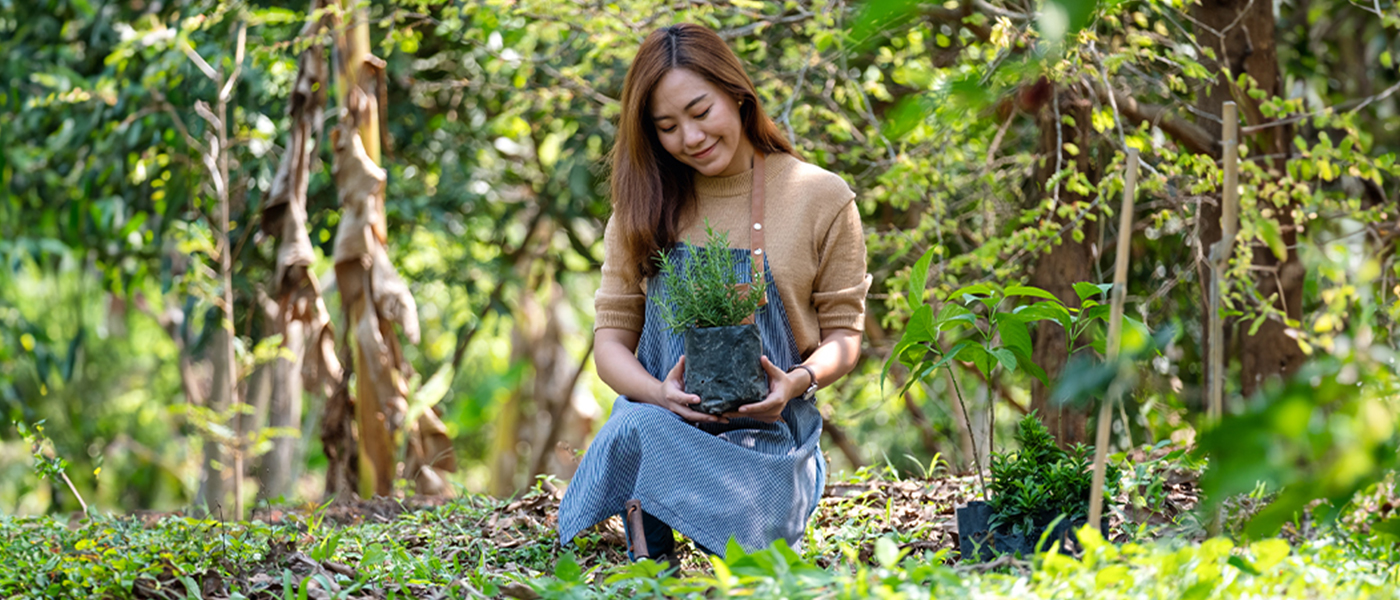
As environmental concerns continue to grow in urgency, it is inspiring to see our city-state emerge as a leader in sustainability. Over the past decade, Singapore has implemented a range of eco-friendly policies to address the challenges posed by climate change.
From the Singapore Green Plan 2030 to the recent discontinuation of free plastic bag distribution in supermarkets, our government’s dedication to sustainability has set a precedent for communities to follow suit. Now, more grassroots initiatives and volunteer programs have emerged, championing climate action and amplifying the call for a greener future for all.
In honour of World Ozone Day tomorrow (16 September 2023), let’s cast a spotlight on these impactful green communities and explore three meaningful ways that we, as individuals, can contribute to Singapore’s ecological goals.

1. Join hands in restoring Singapore’s natural landscape with NUS Toddycats
With a land area of 728 square kilometres, Singapore is home to over 40,000 native species, making us one of the most densely populated nations to co-exist with endemic wildlife.
While national endeavours like the Plant-A-Tree initiative and Plant-A-Coral, Seed-A-Reef Programme from the National Parks’ Board diligently work to protect these vital habitats, the responsibility also trickles down to local communities to safeguard these areas against pollution, so that local biodiversity can thrive further.To gain a deeper understanding of our natural ecosystem, consider volunteering with the NUS Toddycats, a dedicated group of wildlife enthusiasts at the forefront of Singapore’s conservation efforts.
Established in 1999, the group consists of volunteers from the Lee Kong Chian Natural History Museum and the Department of Biological Sciences at the National University of Singapore. Here, they engage participants in green activities, ranging from educational and research initiatives, to guided walks and outdoor excursions that offer hands-on opportunities for anyone to take part in conserving our environment.
Their recent roster of events include mangrove clean-ups and reforestation projects, with more to come until the end of the year. If you’re keen to participate and learn more about how you can help restore and rehabilitate our precious wildlife, keep an eye out for upcoming programmes on their website and Instagram.
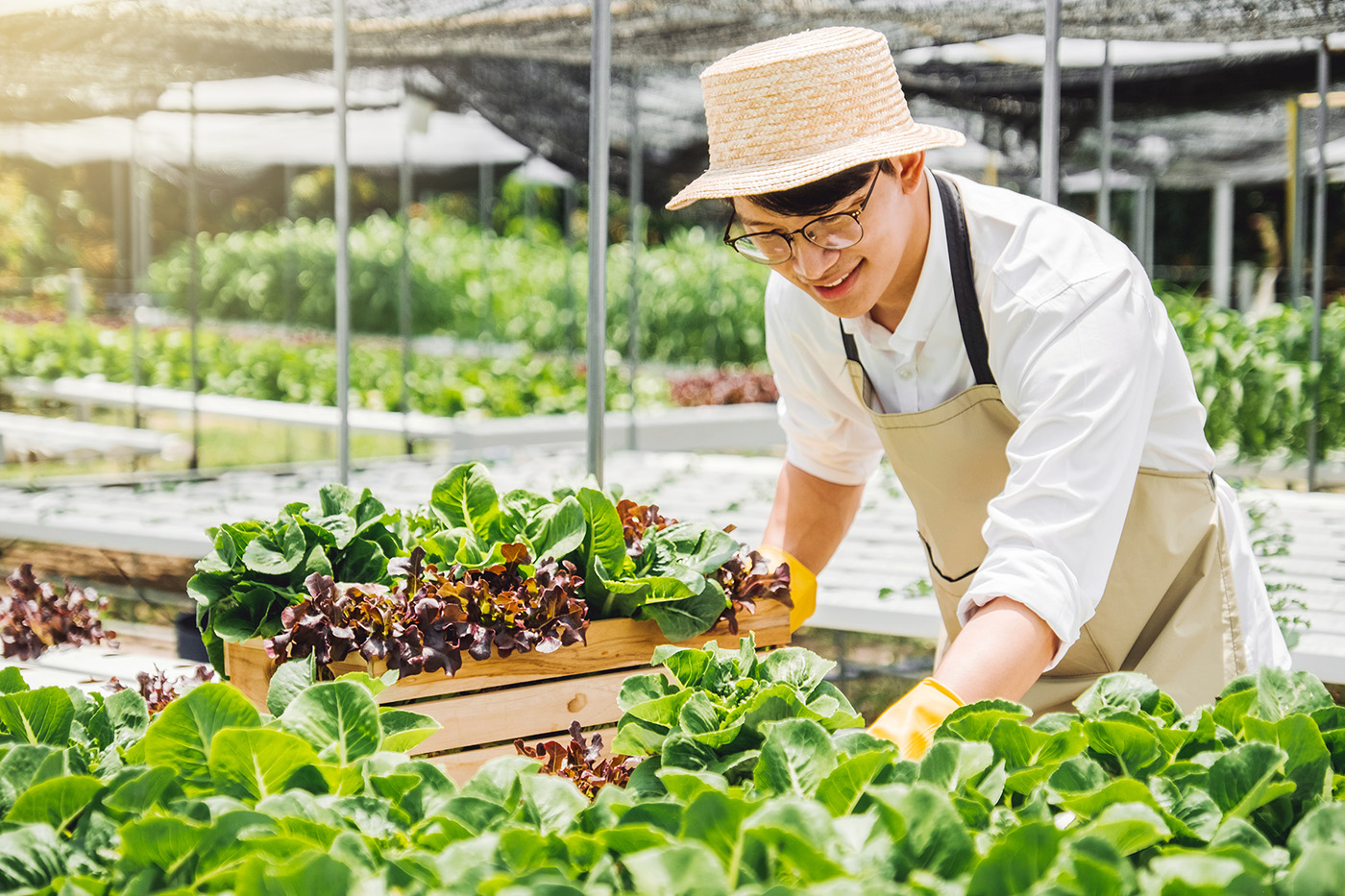
2. Dive deep into sustainable processes with CGS Experiences
While active participation in volunteer efforts remains paramount, staying informed about sustainability trends and environmental discussions is equally vital, so that we are equipped with valuable techniques that we can incorporate into our personal lives.
For a comprehensive exploration of green living, look to Clean & Green Singapore (CGS) Experiences for a more holistic understanding of the sustainability landscape in Singapore.
From urban farming practices to e-waste recycling, CGS Experiences regularly hosts events that take participants on educational journeys, offering a behind-the-scenes look at our island’s unsung heroes driving Singapore’s ambitious green goals.
Their ongoing event, Food Waste Learning Journey, is an eye-opening experience that delves into the hidden world of food waste management at Our Tampines Hub. There, you’ll get to witness how food waste accumulated from hawker centres, supermarkets and outlets are taken to an on-site ecoDigester, which converts them into non-potable water and organic fertiliser to support a circular economy, while minimising waste.
Learn a thing or two from their innovative strategies, and apply them to your own composting routines as you work towards a zero-waste lifestyle.
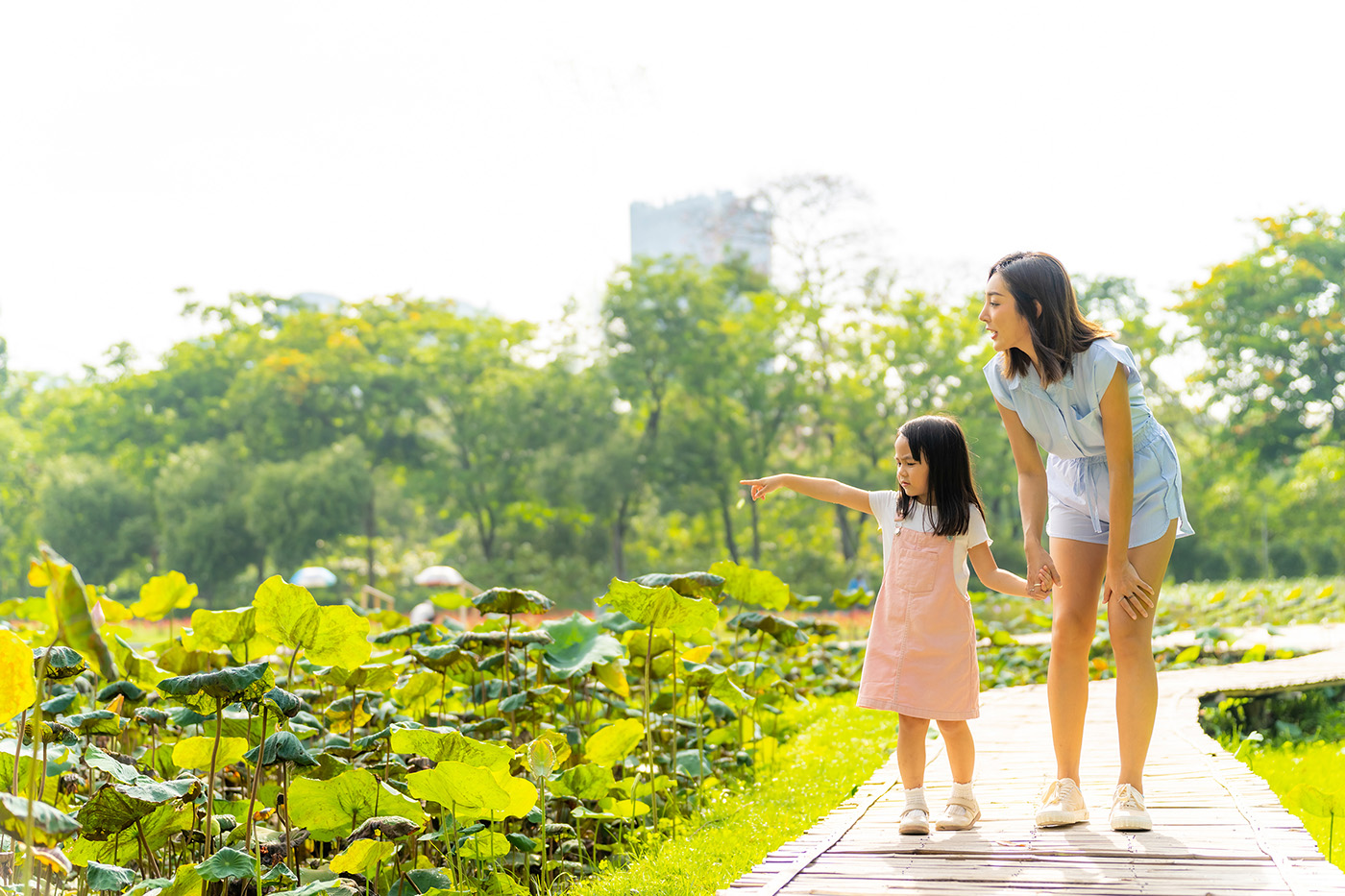
3. Introduce your children to sustainability with The Eco Statement
While adopting zero-waste practices in our personal lives is essential, it is equally important as parents and educators to instil the values of sustainability in the next generation. This is crucial for building a resilient and eco-conscious society.
With The Eco Statement, you’ll get to involve your young ones in environmental education through game-based activities, such as Singapore’s first eco-board and card game, which adopts the snakes-and-ladder approach to teach young minds about recycling and waste management.
Enhanced with colourful graphics and interactive lessons, your kids will be able to quickly develop a sense of eco-awareness that will equip them with an understanding of the natural world around them.
They will also be hosting a FunLearn Fiesta in October, a curated enrichment fair that gathers education service providers ranging from wellness, neuroscience, dance, thematic play, and sustainability all under one roof.
Sign up for green workshops with the little ones, picking up practical skills and low-waste habits that will leave a lasting impact for years to come. They’ll also discover the joy of being part of a community of like-minded young environmental enthusiasts!
Find out more about The Eco Statement and their upcoming events on their website.
Volunteer, Support, Make a Change
As Singapore continues to lead the charge in sustainability, every minute contribution matters. By engaging in activities that restore nature, adopting sustainable practices, and fostering an eco-conscious mindset, we are sowing the seeds of change that will cultivate a greener, brighter future for our nation.
This September, you can join our Facebook and Instagram giveaway and stand a chance to take home a $30 eCapitaVoucher and a Geneco Green Starter Kit (worth $40). Simply comment on our giveaway post by answering this question: “Name 1 community featured in our blog that is contributing to the eco-transformation of Singapore for a greener tomorrow.” 10 lucky winners will be selected by 30 September 2023, T&Cs apply.
Let’s continue to #PowerTheChange towards the conservation of the environment that we all share.
Living in a garden sanctuary — 9 Therapeutic Gardens you can visit in Singapore
- Home
- 2023
[Post Date]
Living in a garden sanctuary — 9 Therapeutic Gardens you can visit in Singapore
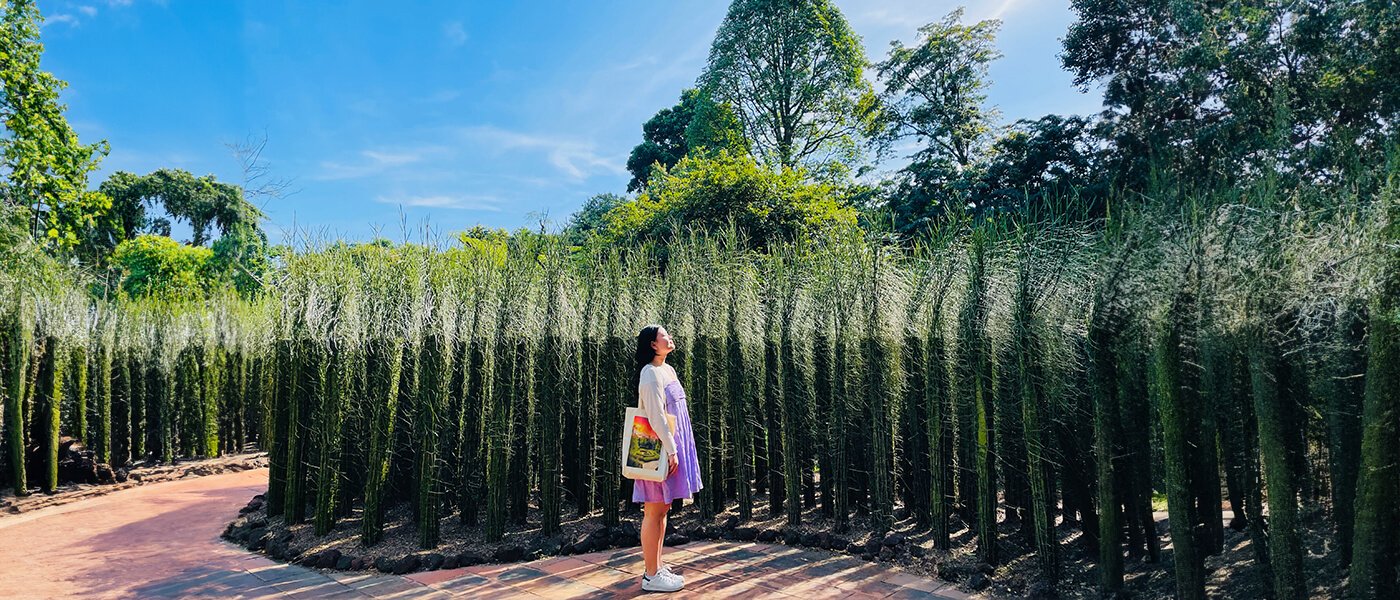
Singapore has come a long way since our independence — from the inception of the Garden City Vision in 1967 to our transformation into a City in Nature with an impressive array of 4 nature reserves, over 350 parks and an extensive 300 km network of park connectors.
Today, we stand as one of the greenest and happiest cities in the region, and we are surrounded by green spaces that contribute positively to our physical and mental well-being. 93% of Singaporean households now enjoy the convenience of residing within a 10-minute walk to our nearest park, offering an easily accessible haven for solace and rejuvenation.
Beyond our extensive greenery, the National Parks Board (NParks) has also intricately designed nine Therapeutic Gardens that are made up of serene restorative spaces, as well as invigorating spaces that are equipped with amenities for therapeutic horticulture programmes.
Unlike regular parks, these outdoor gardens are developed with evidence-based design principles, proven to improve our interactions with nature through passive exposure that can enhance mental resilience and induce positive changes in our moods.
In commemoration of Singapore’s journey as a City in Nature, let’s delve into the captivation of these Therapeutic Gardens beyond their picturesque landscapes.
Introducing the 9 Therapeutic Gardens
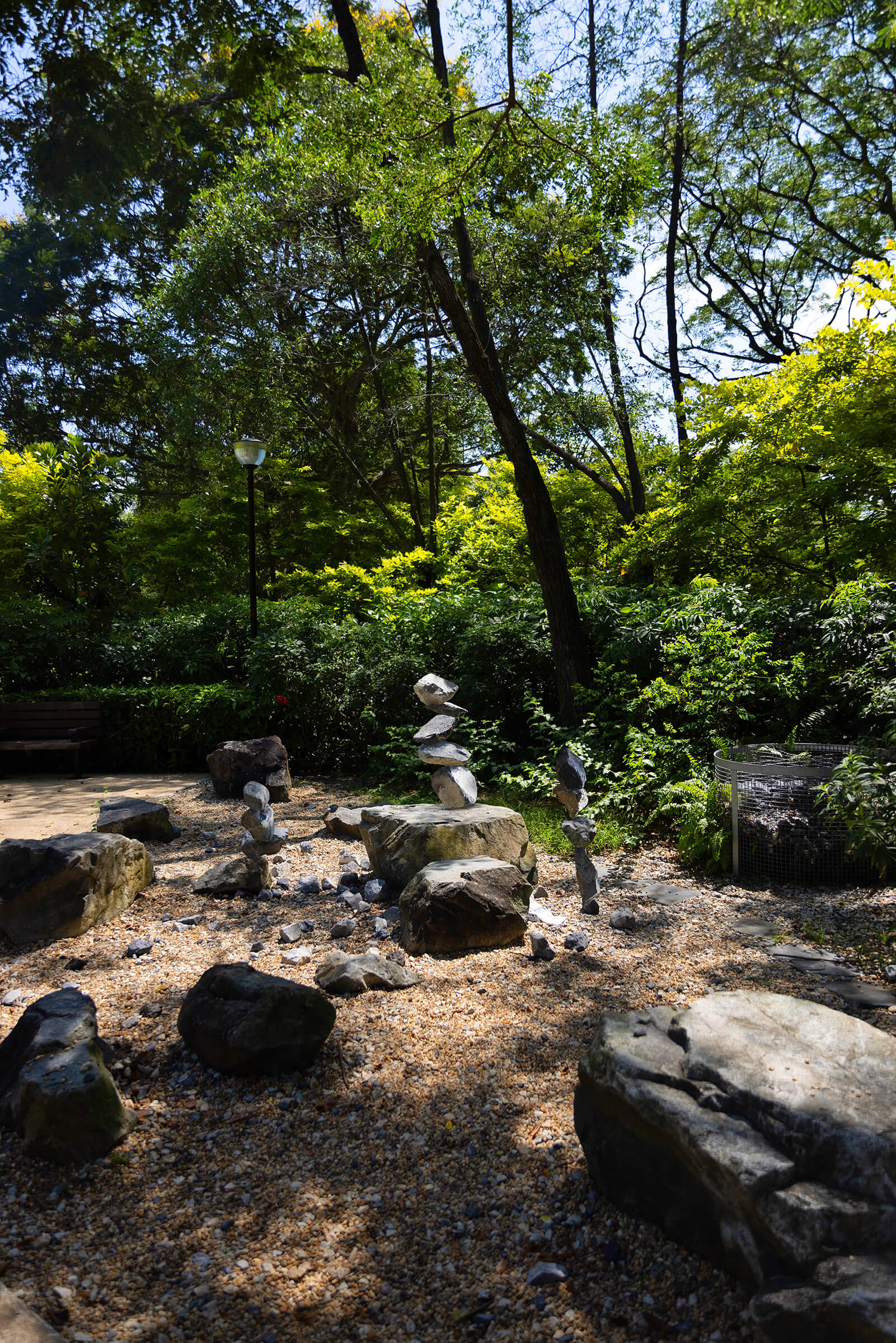
1. Bedok Reservoir Park
The first Therapeutic Garden to be built over a sand quarry, Bedok Reservoir Park is a gem that celebrates the town’s rich heritage. Amongst many attractions, this garden overlooks the reservoir and has an interactive rock feature assembled from stones and boulders to provide visitors with the experience of engaging in rock balancing therapy.
As you stack pebbles upon pebbles and create a unique rock sculpture of your own, you’ll get to enjoy quality me-time in this shaded enclave and feel your worries take a backseat as you focus on the present.
Other nature-based activities you can do here include taking a walk through the Biodiversity Garden, where you’ll find a variety of fragrant plants including the Mock Orange, Cape Jasmine, Ylang Ylang, and Bread Flower — carefully selected to offer a relaxing experience for your senses.
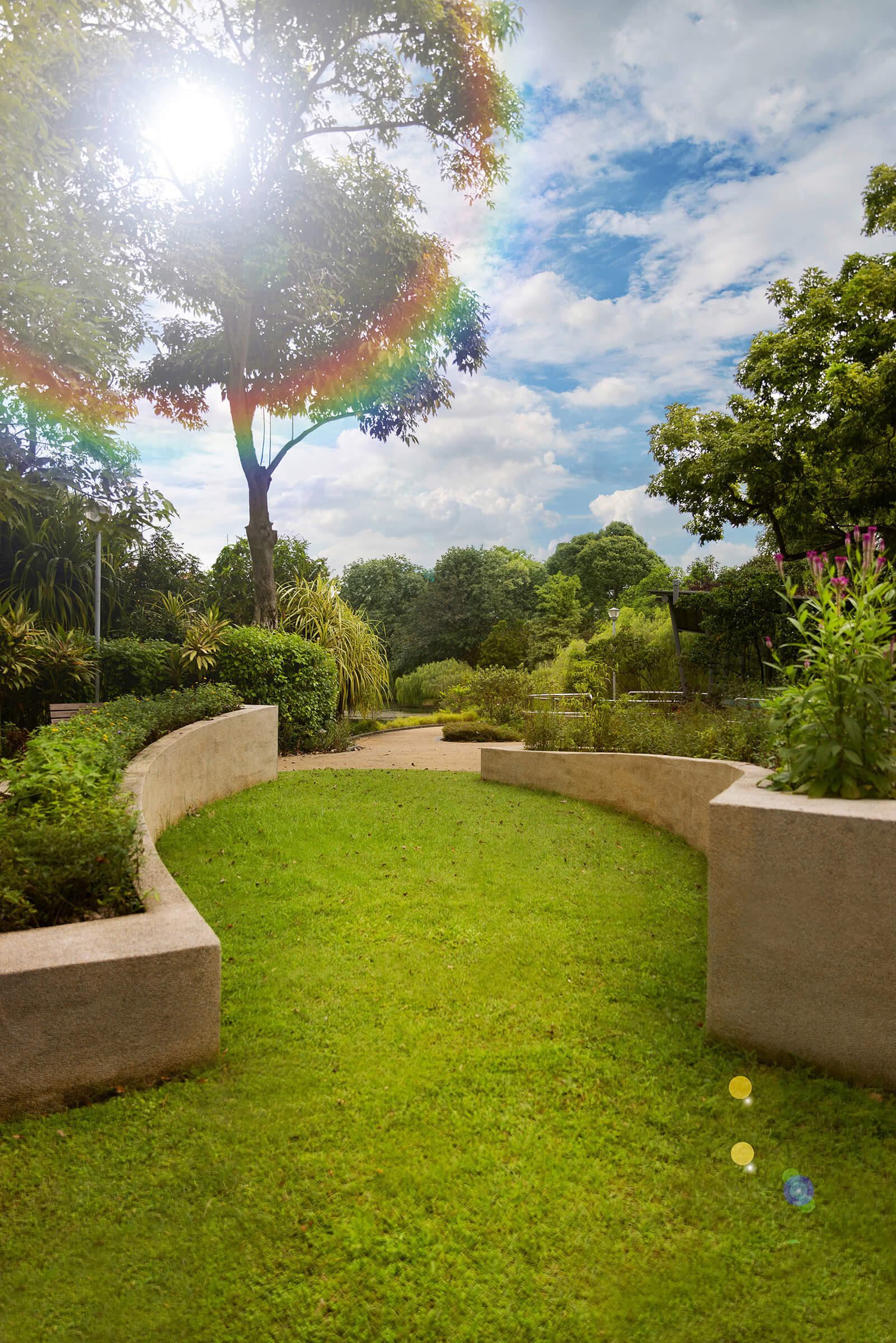
2. Bishan-Ang Mo Kio Park
Designed in collaboration with the NUS Mind-Science Centre, the 900 square metre Therapeutic Garden here encompasses four distinct zones that correlate to our individual senses.
Fragrance Zone: Utilises flowering plants to engage our sense of smell
Edibles and Medicinal Zone: Evokes strong cultural memories through the use of familiar herbs
Colours and Textures Zone: Engages our sense of sight and touch with eye-catching plants
Biodiversity Zone: Attracts birds and butterflies that paint a visual delight for all
Arranged in a straightforward figure-of-eight layout, the park offers an endless loop of greenery, inviting you to take in the sights and smells of the different plants at your own pace. Moreover, it’s designed to be accessible for wheelchairs, ensuring that everyone can discover their own tranquil haven, far removed from the vibrant cityscape.
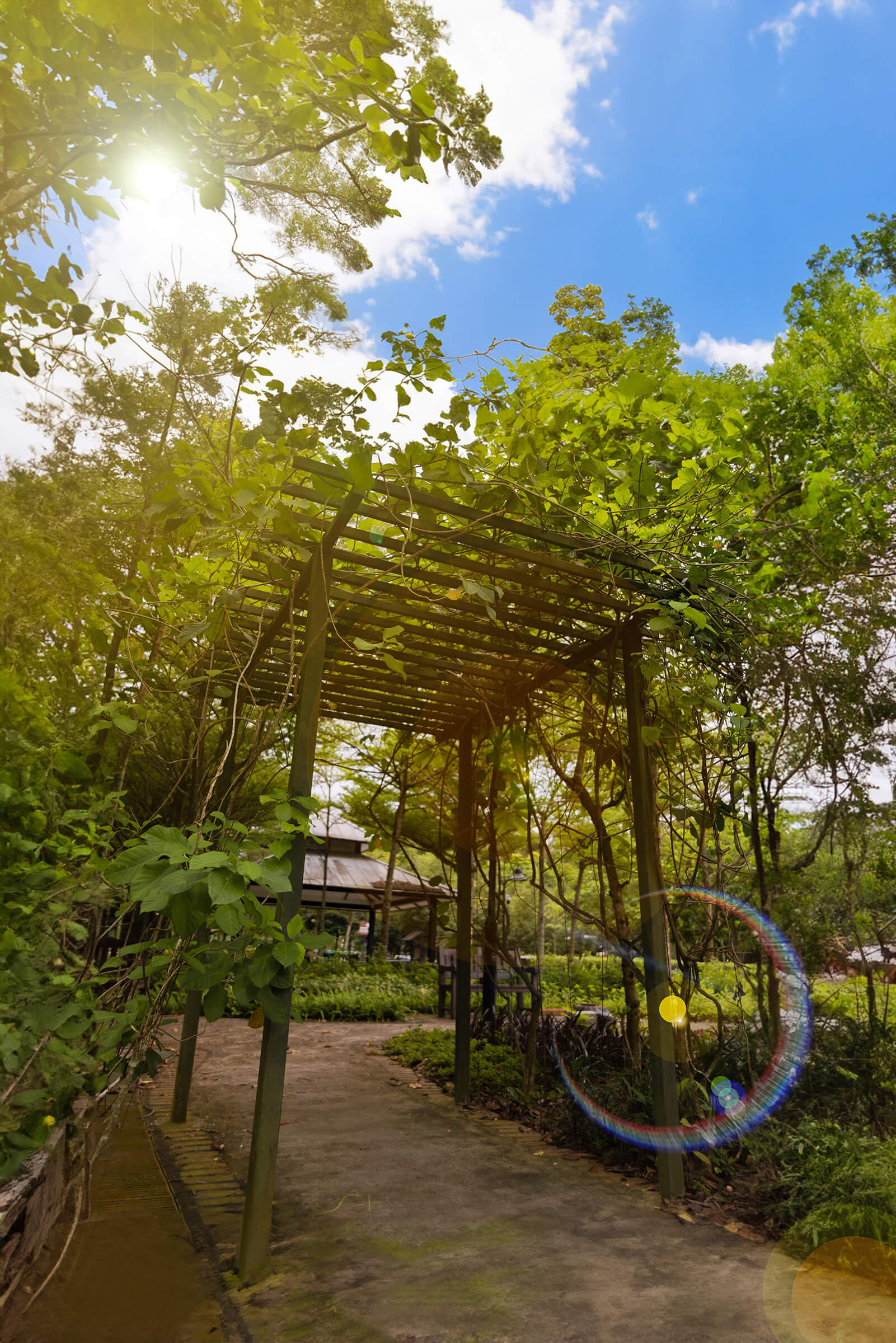
3. Choa Chu Kang Park
For locals residing in the West, Choa Chu Kang Park is the go-to neighbourhood space for the community to congregate and socialise. However, for those seeking a little peace and quiet, the Therapeutic Garden here features a semi-private seating area where you can lounge and relax, uninterrupted by the ebbs and flows of the larger park.
You can shift your focus towards the cascading water fountain, and lose yourself to the trickling sounds that echo through the space. Surrounded by luscious plants, you’ll feel an immediate sense of relief from the expanse of lush surroundings.
As you wander further, you’ll even find yourself in the company of avid gardeners tending to their crops in the Allotment Garden nearby. Abundant with herbs and vegetables, this garden welcomes all visitors to nurture their green fingers by leasing an allotment plot to grow plants of your liking.
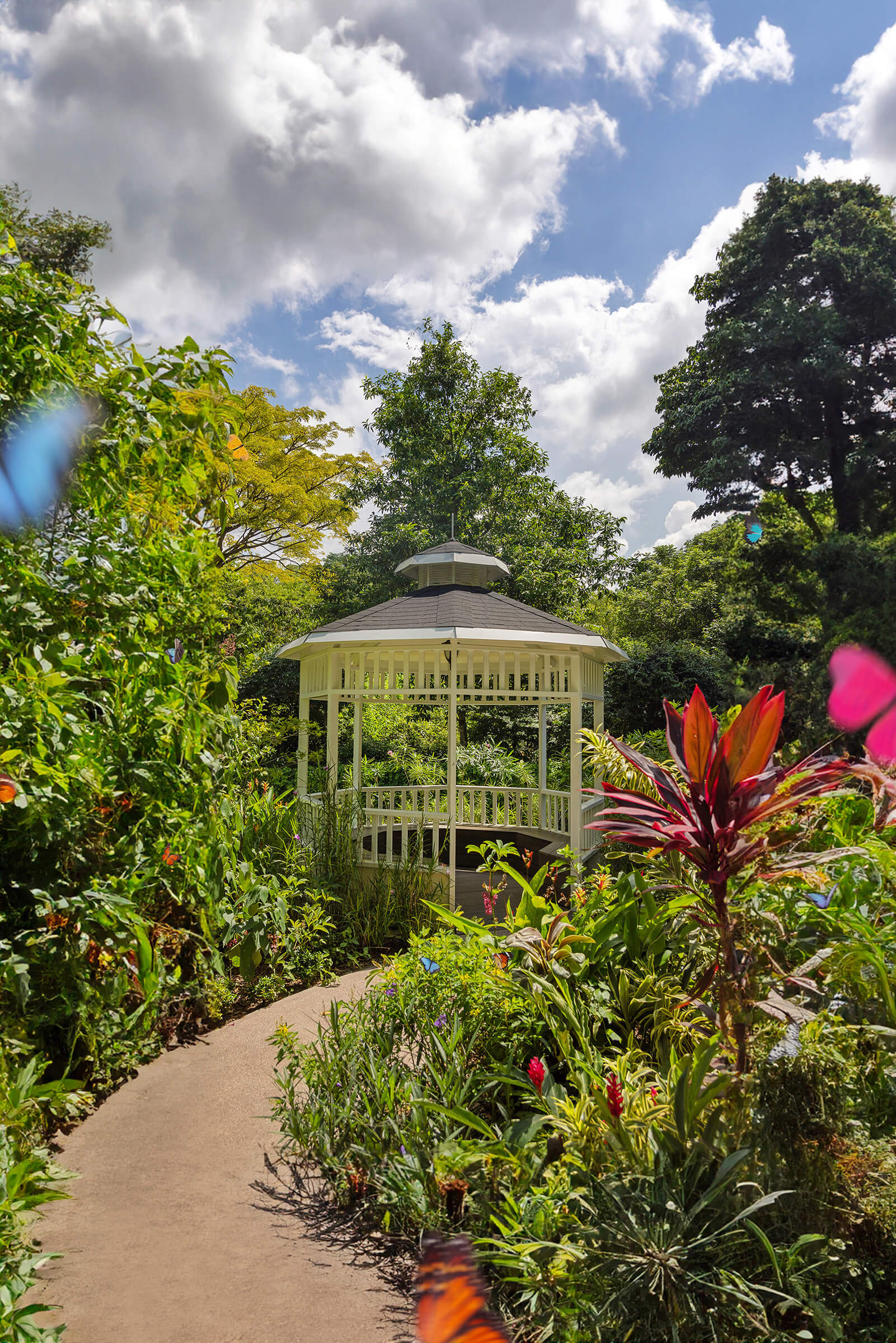
4. HortPark
Launched in 2016, HortPark featured the first inaugural Therapeutic Garden by NParks. Catered to visitors of all ages, the space hosts ample seating in a countryside gazebo, and moveable planters that encourage interaction and activities among all park users.
The garden also pays close attention to the use of colours and smells to evoke feelings and memories of a simpler past. For instance, bright-coloured flowers create an uplifting impact, while cool-coloured decor is restorative because of their calming nature to the eyes.
Enjoy sunny mornings as you stroll through the garden, greeting the day with a healthy dose of Vitamin D before you set off for errands in the city.
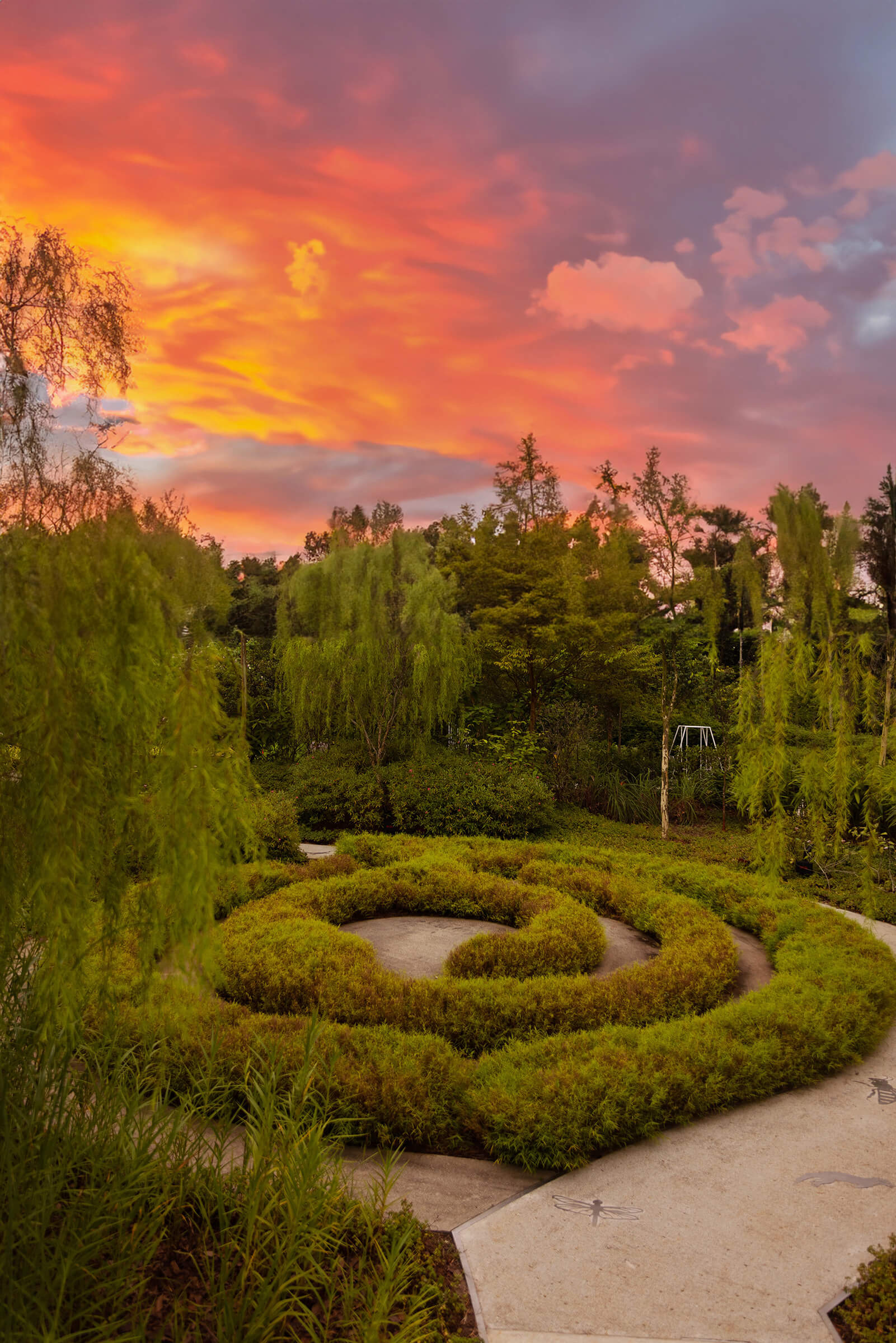
5. Jurong Lake Gardens
Expanding across an impressive 3,100 square meters, Jurong Lake Gardens now boasts the largest Therapeutic Garden to date, featuring two distinct segments – one tailored for adults and another thoughtfully designed for young ones.
As you step inside, you’ll be drawn to an enchanting glow-in-the-dark labyrinth, with pathways adorned with animal imprints to engage and educate young learners of our natural wildlife. Beyond these cool features, labyrinths are recognised as tools for walking meditation, offering a serene stroll that fosters relaxation while reducing the stress triggers associated with our fast-paced lives.
Nostalgic elements are also strategically placed throughout the garden, including stone chess tables, traditional swings, and musical instruments, designed to encourage interaction among fellow members of the community.
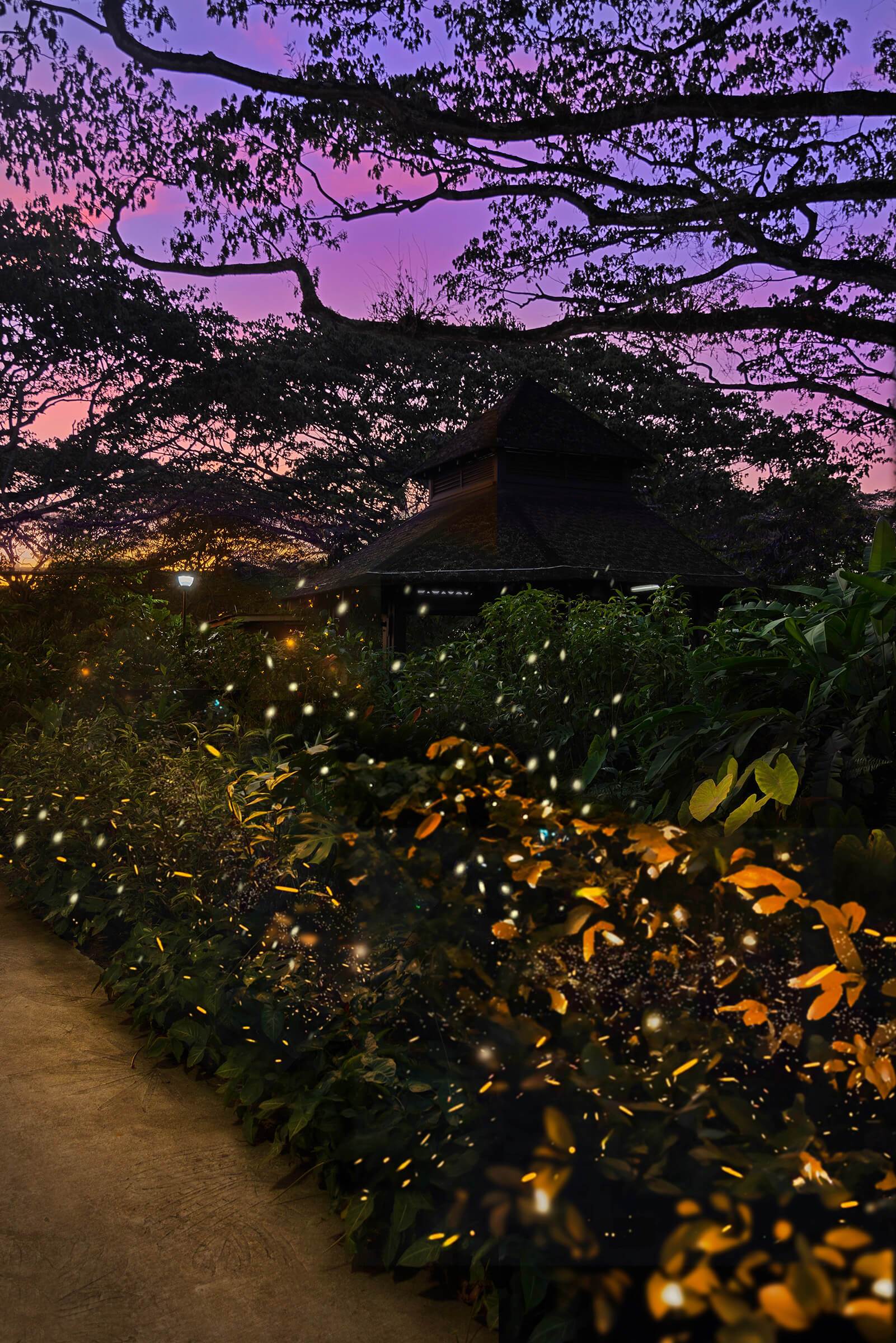
6. Pasir Ris Park
Perched just 67 metres from the ocean, Pasir Ris Park is the go-to spot for magnificent sea views, as it is the only Therapeutic Garden in close proximity to the Straits.
From here, you can catch glimpses of traditional wooden “kelongs” on the horizon, and soak in the cooling sea breeze that brings immediate relief from the tropical heat.
Find a serene spot beneath the sheltered pavilion and immerse yourself in a meditative atmosphere within this beachside garden. Abundant with wild flora and fauna, alongside verdant labyrinths designed to enrich and rejuvenate your mind and body, you can enjoy a truly meaningful experience when you seek respite here.
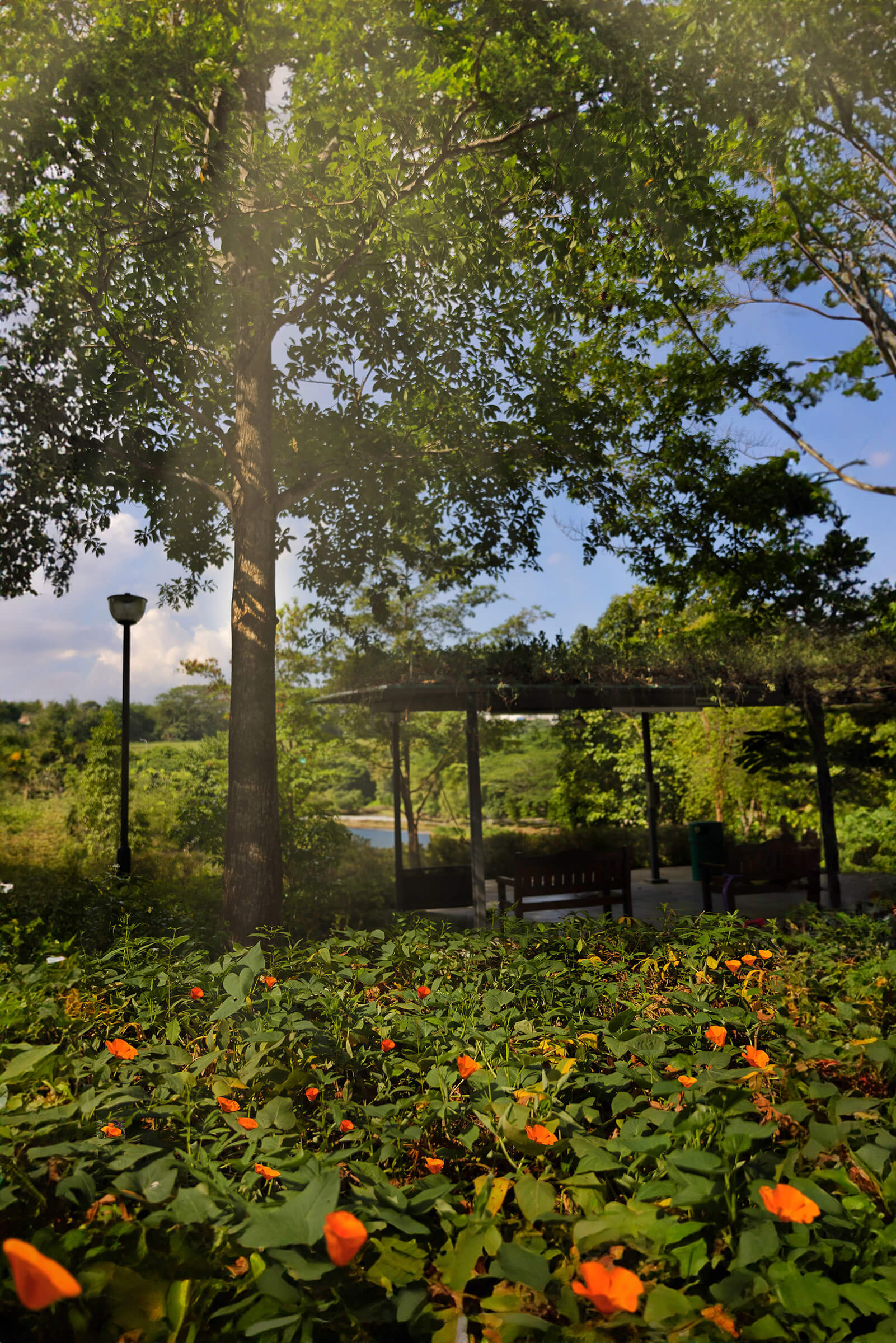
7. Punggol Waterway Park
Nestled in the heart of the North-East region, this Therapeutic Garden ingeniously incorporates the natural Punggol Waterway as a calming centrepiece to facilitate relaxation among its visitors.
Find solace on thoughtfully positioned benches as you embrace the serenity that surrounds you. Here, you can focus on the gentle rustling of leaves and the tranquil flow of water as it creates a melodic symphony that further enhances the zen-like atmosphere in the park.
You’ll also find a delightful array of aromatic plants that infuse the air with their pleasant fragrances, promoting relaxation and stress reduction for a one-of-a-kind wellness experience for all.
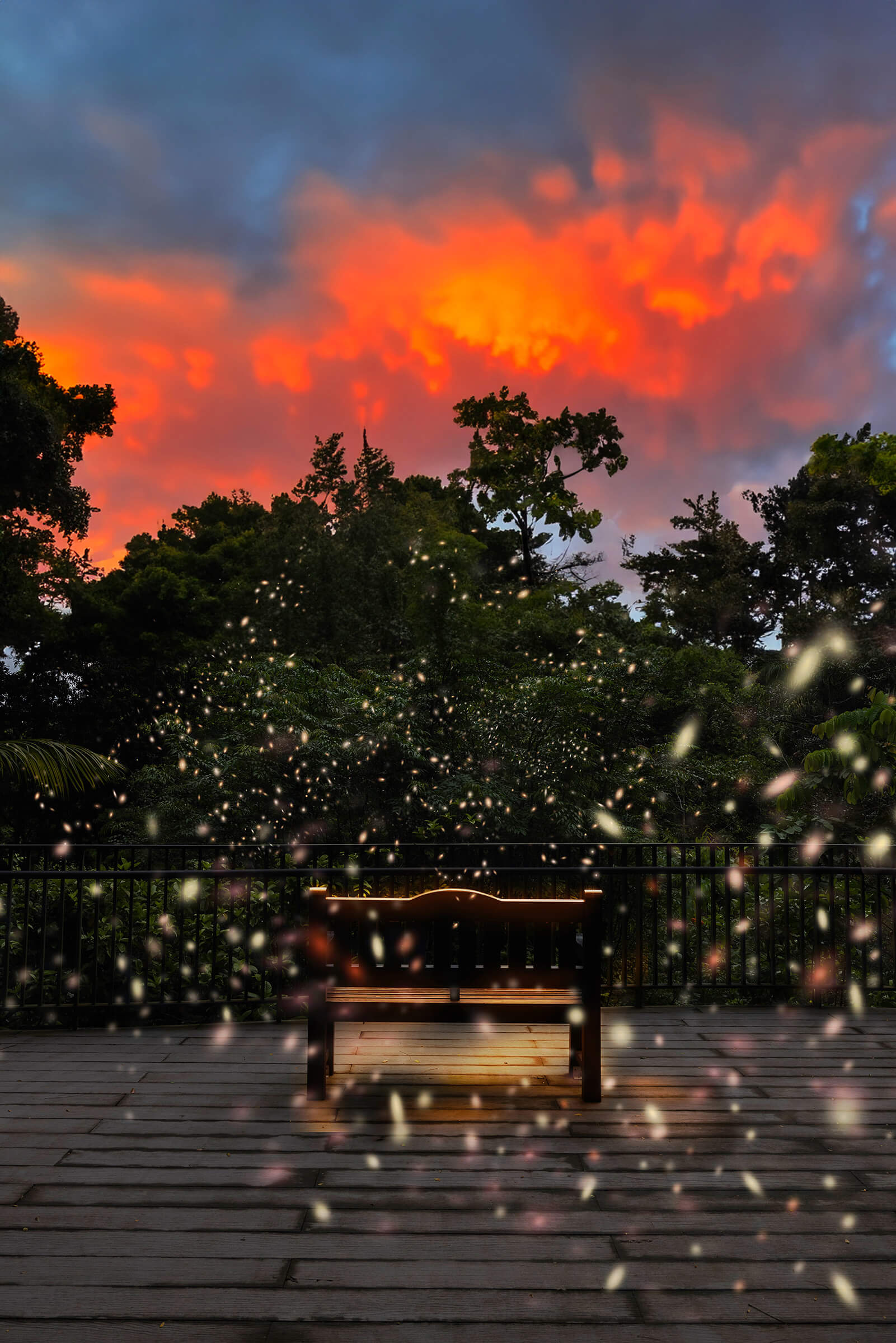
8. Telok Blangah Hill Park
Tucked away in the lush greenery of Southern Singapore, the Therapeutic Garden at Telok Blangah Hill Park is a horticultural haven that allows visitors to experience the forest from new heights.
Discover mid-canopy views from an expansive 40-metre-long viewing deck, and be greeted with direct access to our island’s natural wildlife and biodiversity.
Furthermore, the park encompasses an allotment garden, a nurturing ground for cultivating your green thumb. Here, horizontal espaliers are ingeniously employed to foster the growth of indigenous produce like starfruit, lime, and coffee.
This thoughtful design not only adds an element of horticultural artistry but also serves the purposeful function to allow everyone to interact with these bountiful plants, fostering a deeper connection between man and nature.
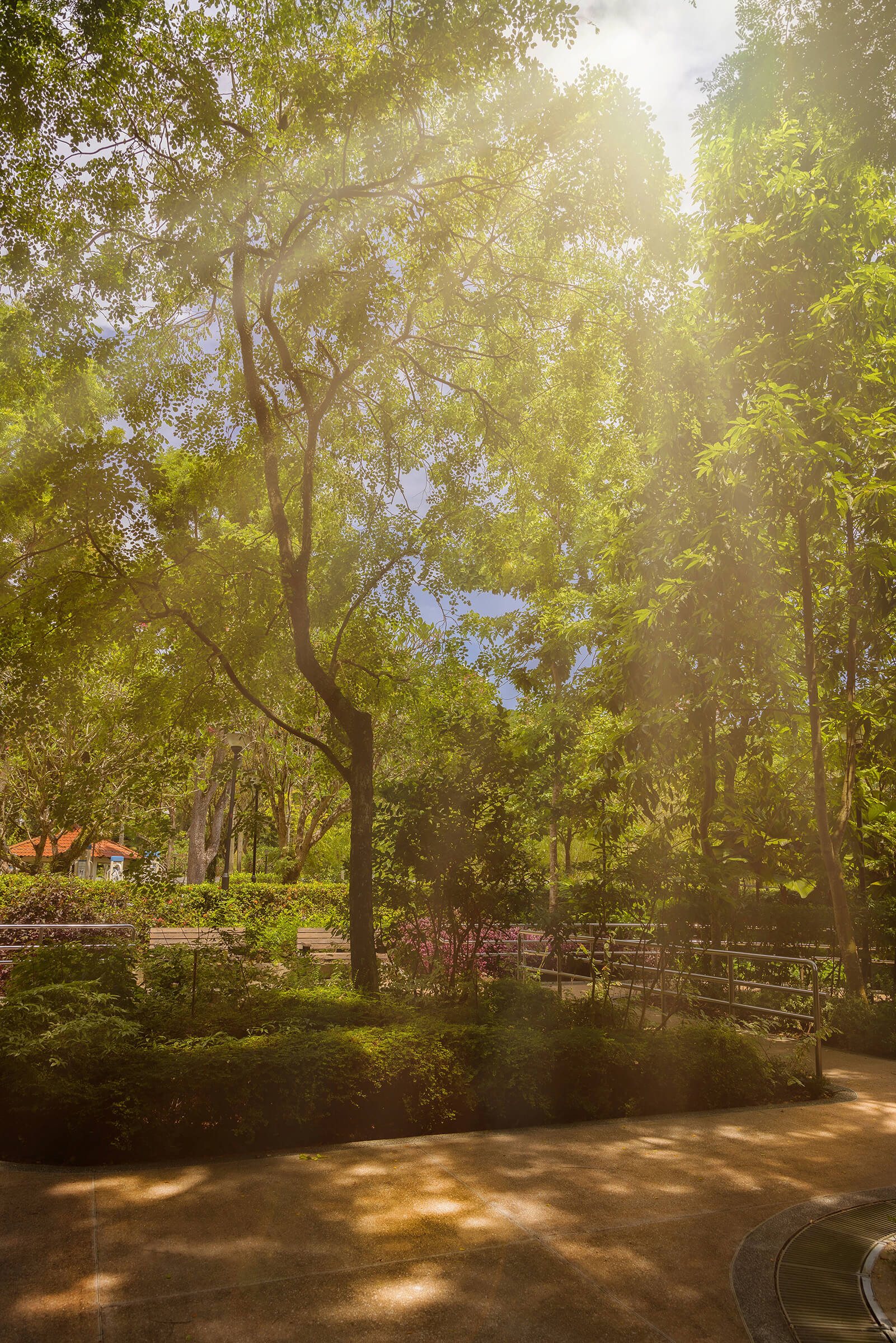
9. Tiong Bahru Park
As one of the oldest parks in Singapore, Tiong Bahru Park has undergone its share of enhancements. Now, with the addition of a Therapeutic Garden 50 years after its first opening, the garden is a harmonious blend of old and new as colourful floras take root among native plants in this vast sea of green.
Beyond its collection of plants, this sanctuary offers a haven of natural healing, enveloping you in the familiar fragrances of botanical wonders like Ylang Ylang and edible Thai basil. These scents, renowned for their potent effects on health and well-being, provide an immersive healing experience.
From the chirping of birds, and the occasional breeze wafting through the garden, you can experience tranquility like no other in this heritage park.
And there you have it — all nine Therapeutic Gardens throughout our nation, with more to come as NParks continues its efforts to operate 30 Therapeutic Gardens by 2030.
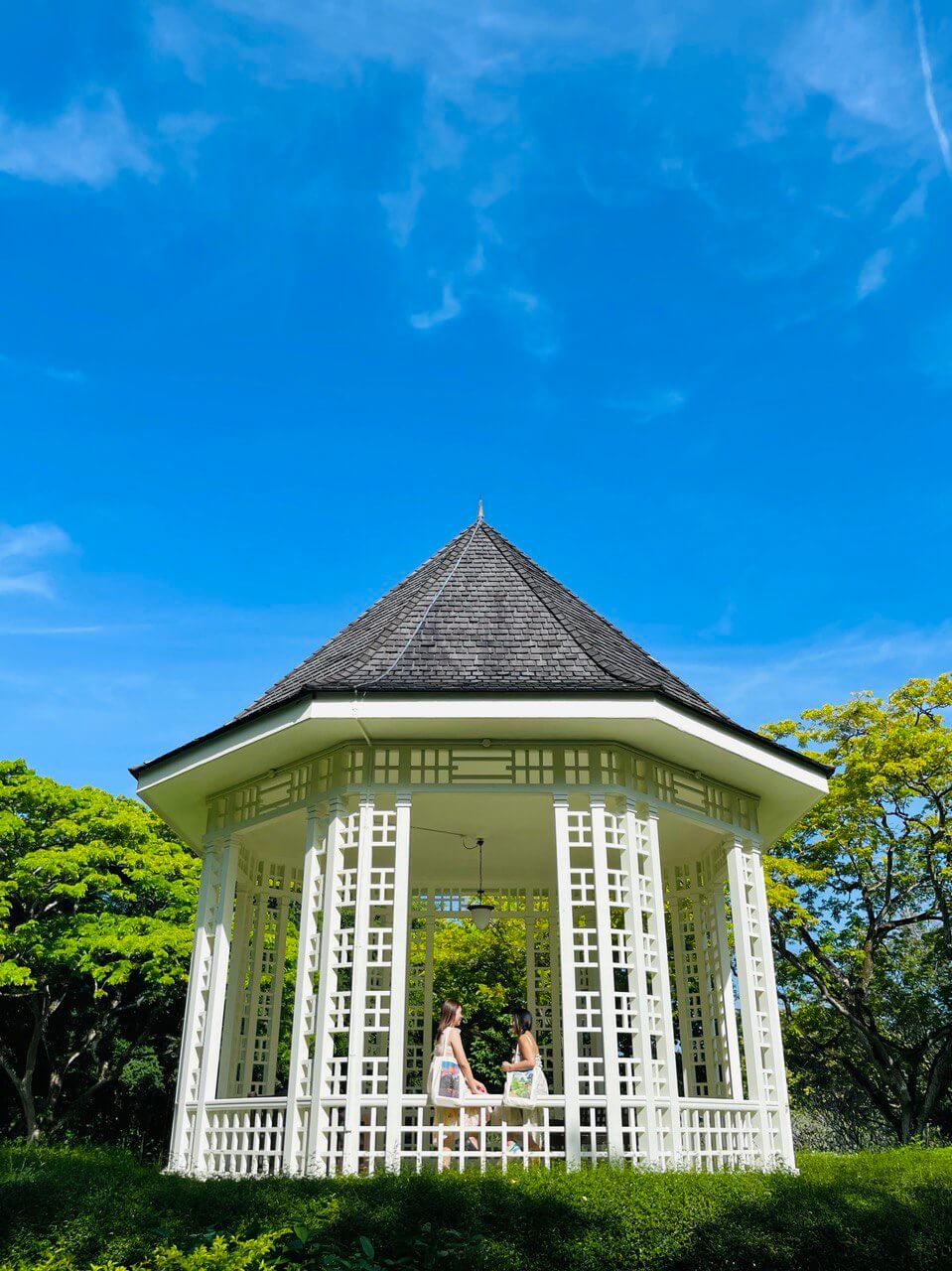
58th National Day #MySecretGarden Giveaway
With this in mind, we hope you’ll be inspired to visit any of the Therapeutic Gardens and immerse in the benefits of these hidden gems in your day-to-day life. We’re also excited to enhance your experience with a special National Day giveaway!
In collaboration with REFASH, we’ll be giving away 5,800 limited edition Geneco X Daryl Aiden tote bags with any purchase made in-store at any of their 16 outlets. The unique bags will feature one of the top 3 most voted images of the Therapeutic Gardens shot by photographer Daryl Aiden as part of the #MySecretGarden initiative – Geneco’s National Day Campaign.
You can also stand to be one of 20 lucky winners to receive a $58 eCapitaVoucher, a microgreen kit plus a limited edition Geneco X Daryl Aiden tote bag when you participate in our Facebook and Instagram giveaway. Simply comment on our giveaway post by answering the following question: “Name one of the nine Therapeutic Gardens featured in our latest blogpost.” The contest ends on 31 August 2023, T&Cs apply.
Let’s continue to #PowerTheChange starting from within and we hope you can find your haven of happiness.
Embrace happiness with #MySecretGarden Photo Gallery Exhibition at Funan
- Home
- 2023
[Post Date]
Embrace Happiness with #MySecretGarden Photo Gallery Exhibition at Funan
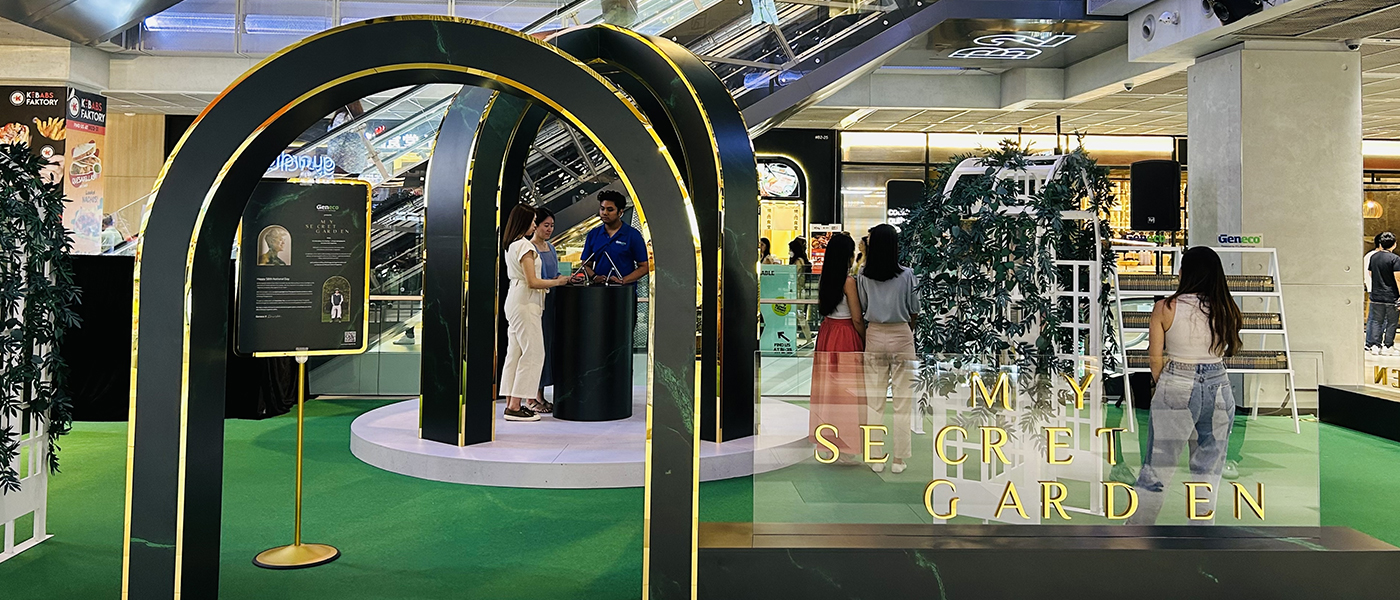
As the happiest nation in Asia, there is no better day than National Day to shine a spotlight on the importance of mental wellness of our people. After all, it has been in our pledge since day one, “happiness, prosperity and progress for our nation”
With the 58th National Day approaching, we want to inspire a collective spirit by initiating conversations around mental health, and encourage Singaporeans to focus on their wellbeing with the help of green spaces in our latest campaign, #MySecretGarden.
Being one of the greenest nations in the region, we have over 400 parks, 3,347 hectares of nature reserves and an extensive 300km park connector network that is easily accessible to refresh and renew ourselves. What’s more, the National Parks Board (NParks) has widely researched and developed 9 Therapeutic Gardens around our City in Nature that can contribute positively to the health and well-being of residents.
Together with NParks, we also collaborated with photographer Daryl Aiden Yow and REFASH as we embarked on a journey to share with all about the nine Therapeutic Gardens across our island. Through the restorative power of nature, our goal is to foster happiness and instil a profound appreciation for these green spaces.
Vote for your favourite Therapeutic Garden
With #MySecretGarden, we want to spotlight the 9 Therapeutic Gardens across our nation that have been established by the National Parks Board (NParks) to contribute positively to the wellbeing of Singaporeans.
From the first Therapeutic Garden with a seaview at Pasir Ris Park to the largest Therapeutic Garden at Jurong Lake Gardens, we want to bring alive these Therapeutic Gardens with our creative photo collection of how Daryl Aiden views the gardens through his lenses.
To cast your vote for your favourite Therapeutic Garden, head to www.mysecretgarden.sg and select up to 5 of your favourite images from Daryl’s creative photo collection. 5 lucky voters will be rewarded with a $100 eCapitaVoucher. You can vote daily and voting ends on 31 July 2023.
With your support by voting, we hope to reach 10,000 votes and we will be donating $10,000 to NParks’ registered charity and IPC, Garden City Fund. This donation will help support 6 to 9 beneficiary groups in Therapeutic Horticulture Programmes, allowing them to reap the mental health benefits from nature-related activities within these gardens.
Refresh your mind with REFASH
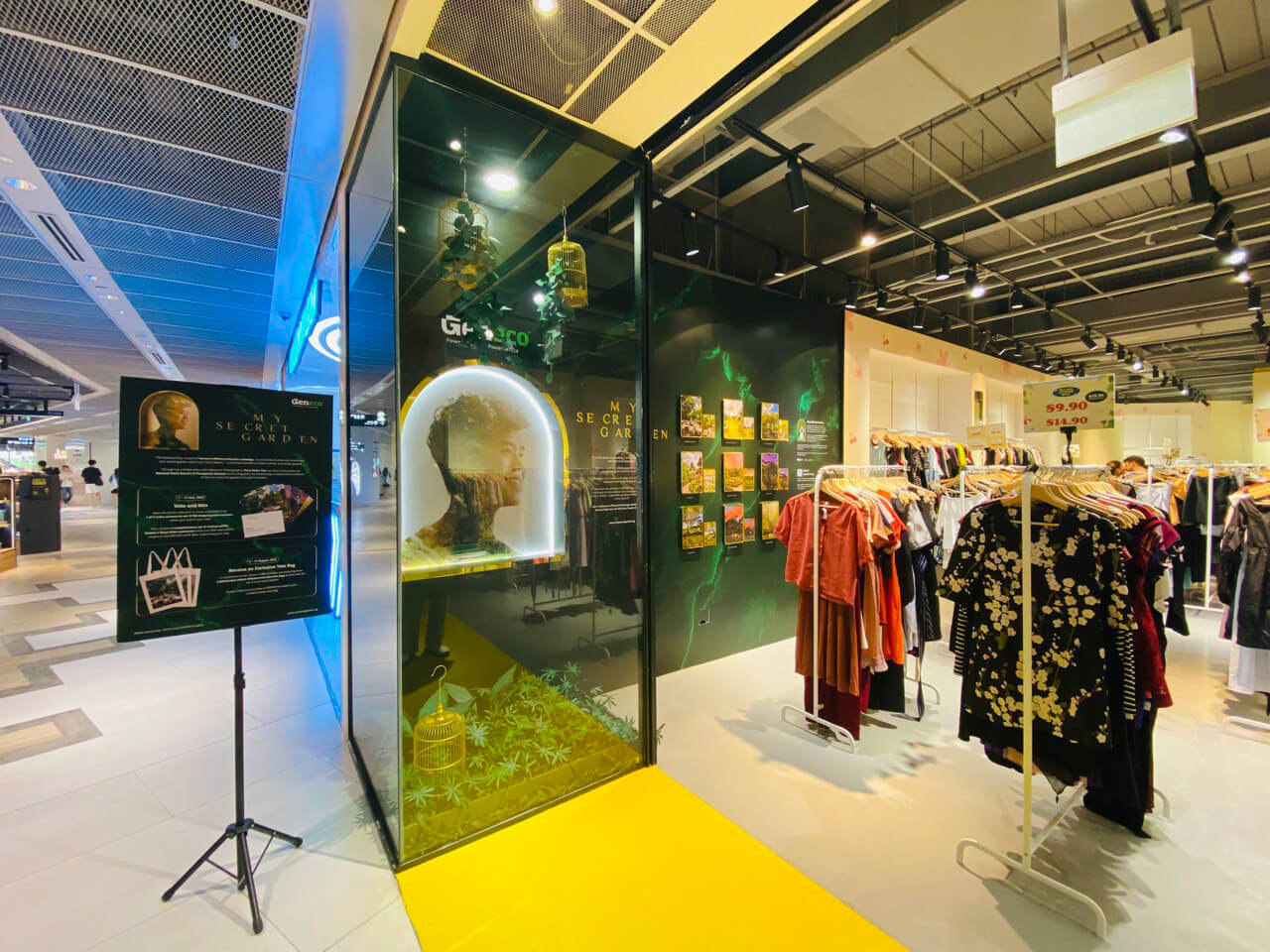
In line with #PlasticFreeJuly, we’ve partnered with REFASH, Singapore’s largest online thrift store brand that aims to inspire the next generation of consumers to think second-hand first in order to advocate for a healthy, sustainable future through fashion.
Catch limited-time pop-ups in stores across Chinatown Point, Funan and Tampines One, from now till 31 August, where you can shop preloved clothing while viewing Daryl’s captivating images of the Therapeutic Gardens.
Don’t forget to vote for your favourite to receive a complimentary set of nine postcards from the campaign. When voting concludes, the top 3 winning images will be distributed as limited edition tote reusable bags, available with every purchase from 9 to 31 August. Take home a piece of therapeutic art, and carry the message of nature and its profound impact wherever you go with your tote bag.
9 Therapeutic Gardens, one inspiring exhibition
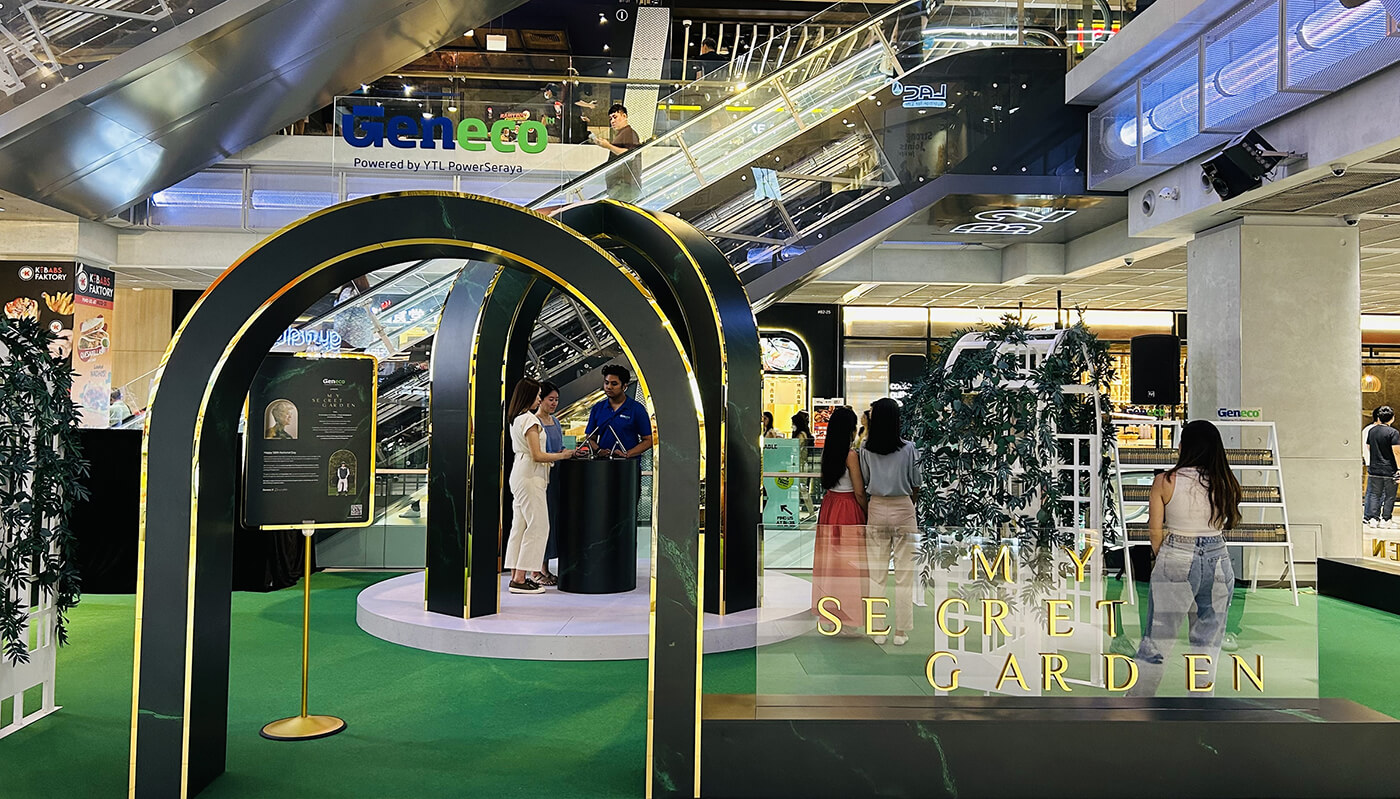
Established by NParks in 2017, Therapeutic Gardens are outdoor spaces built with horticultural principles to meet the physical, psychological and social needs of park visitors. The serene spaces offer much-needed respite, alongside health benefits that alleviate mental fatigue and reduce stress levels associated with urban lifestyles.
With the artistic vision of Daryl Aiden, we reimagined these green sanctuaries as hidden edens with an ethereal touch. From the riverine Therapeutic Garden at Punggol Waterway to countryside-inspired HortPark, you can expect to see images of all the nine gardens on display at Funan Mall, Basement 2.
View the full exhibition from 17 till 23 July at Funan and take home complimentary gifts, including a limited edition set of Geneco X Daryl Aiden postcards, and a Sprout plantable pencil, while stocks last. What’s more, you can receive a Geneco Green Starter Kit worth $40 if you are one of the first 50 voters each day on 22 and 23 July, from 3pm to 6pm.
Let’s continue to #PowerTheChange starting from within and we hope you can find your haven of happiness.
3 Brands that are changing the game for an eco-conscious lifestyle
- Home
- 2023
[Post Date]
3 Brands that are changing the game for an eco-conscious lifestyle
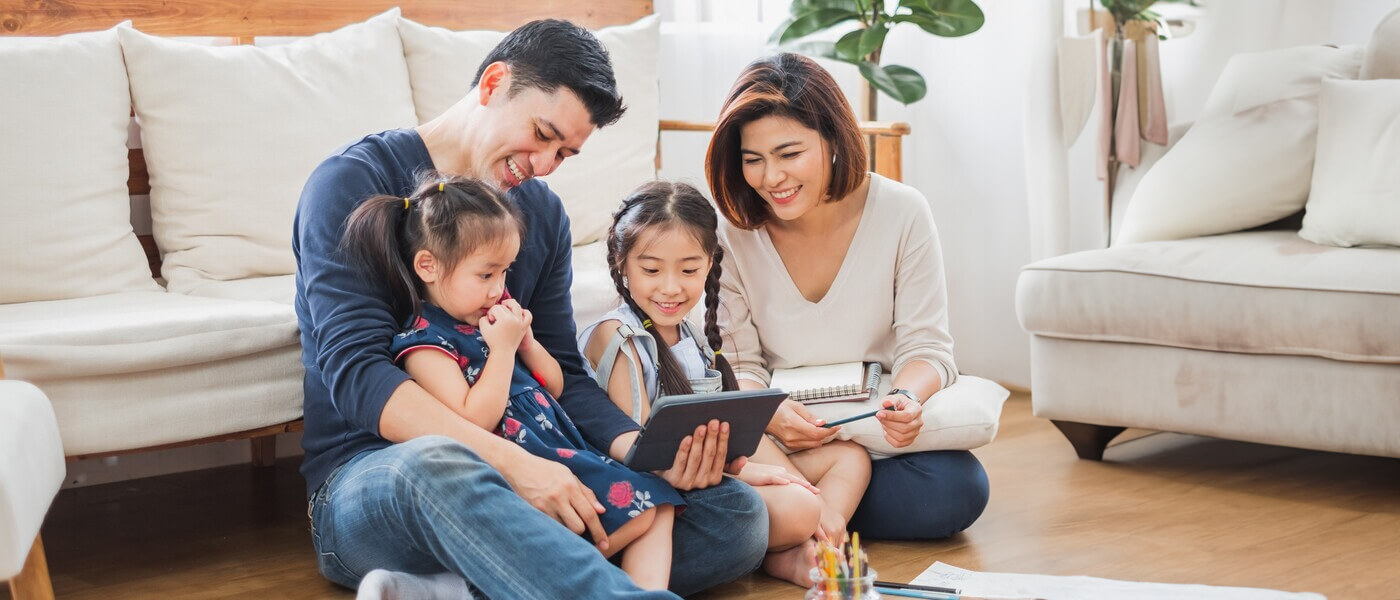
Singaporeans are becoming more mindful about how our day-to-day lifestyles can affect the environment, with nearly 9 in 10 locals now considering eco-friendly alternatives. As plenty of local brands step up their sustainability efforts to meet the needs of eco-conscious shoppers, now’s a great time to discover brands around us that are doing good.
In this month’s blog, we want to highlight 3 brands that are true game-changers in the space. On a mission to encourage sustainable consumption habits, they embrace sustainability by innovating new business models and unique products that complement your eco-conscious journey. Read on to find out what they offer.

Rent-able tech gadgets, good as new every time
There’s no denying it — our tech-savvy culture has inculcated a habit of us constantly upgrading devices that are still in good working condition for newer releases.
Every year, we generate about 60,000 tonnes of e-waste, out of which only 6% is recycled, leaving masses of electronics headed towards Semakau landfill.
To help reduce our throwaways, Circular provides a monthly subscription service for the latest tech devices. Instead of purchasing new ones and accumulating e-waste, you can subscribe to your own second-hand phones and accessories, then easily upgrade to newer models as they become available.
As each device undergoes thorough servicing and refurbishment, you can be rest assured that concerns around privacy and protection are addressed before the device reaches you.
To get started, simply select your desired gadget and subscription length, and you will undergo a verification process before receiving it at your doorstep. By joining in the circular movement, you’ll get to enjoy the latest tech at a fraction of market price, and contribute to a community that shares and recycles products to maximise their shelf lives. Head over to Circular’s website to discover the full range of devices available.
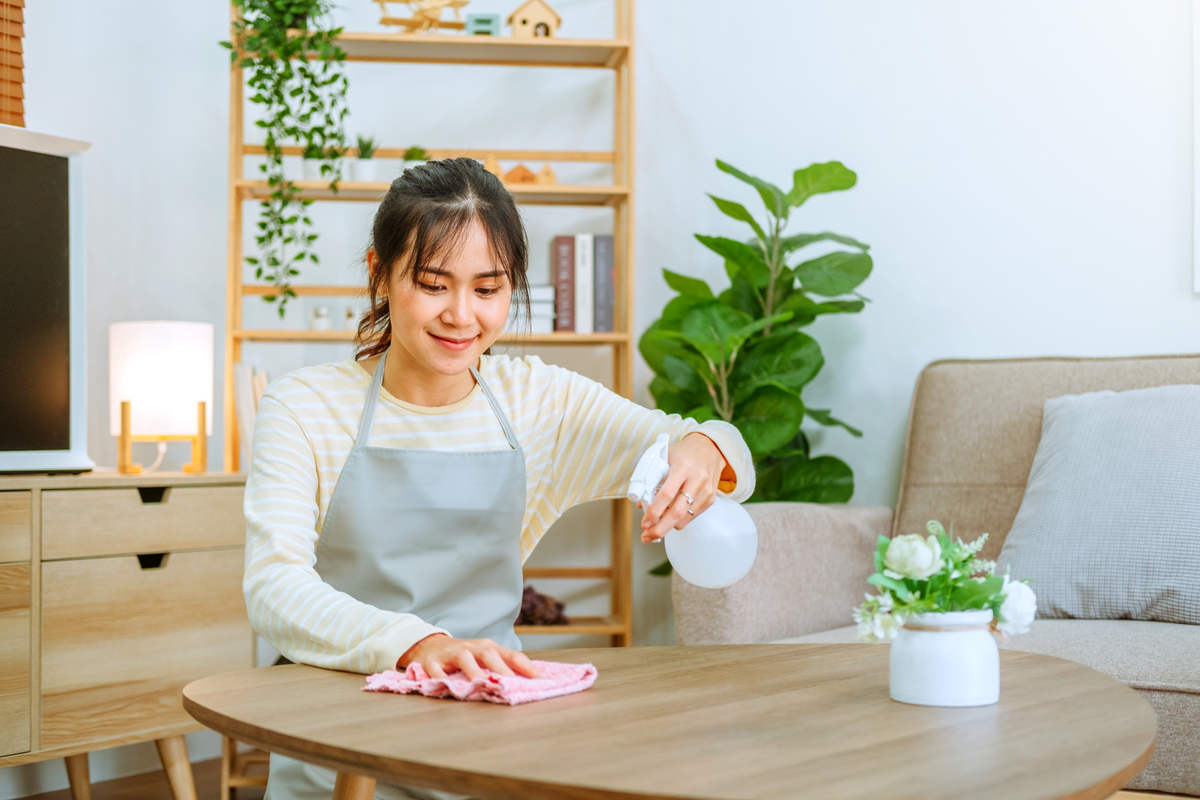
All-natural, all-effective cleaning products
Cleaning agents have long been known for their harmful impact on the environment. Not only do they contain toxic chemicals that drain into oceans and pose a danger to marine life, they also come in single-use packaging that contributes to plastic pollution.
Though many commercial brands have switched to non-toxic ingredients, SimplyGood has taken it a step further by eliminating plastic use with its dissolvable cleaning tablets.
Launched by local entrepreneur Jeremy Lee, SimplyGood is your one-stop shop for 100% plant-based natural soaps and detergents. From body cleansers to pet shampoos, these tablets are made to be 300 times lighter and 200 times smaller than traditional liquid cleaners, allowing you to save space and reduce your carbon footprint at home.
With SimplyGood, you have the option to purchase their “Forever Bottles” to replenish your cleaning liquids, or dissolve their cleaning tablets in a repurposed bottle from your home to minimise your household waste.
Combining affordability and accessibility, they also have a complete home cleaning kit and different types of cleaning starter kits for sale. For greater convenience, you can even subscribe to receive refillable top-up tablets for their cleaning products every month.
If you’re interested, you can start by taking a look at the best-selling cleaning tablets on their website.
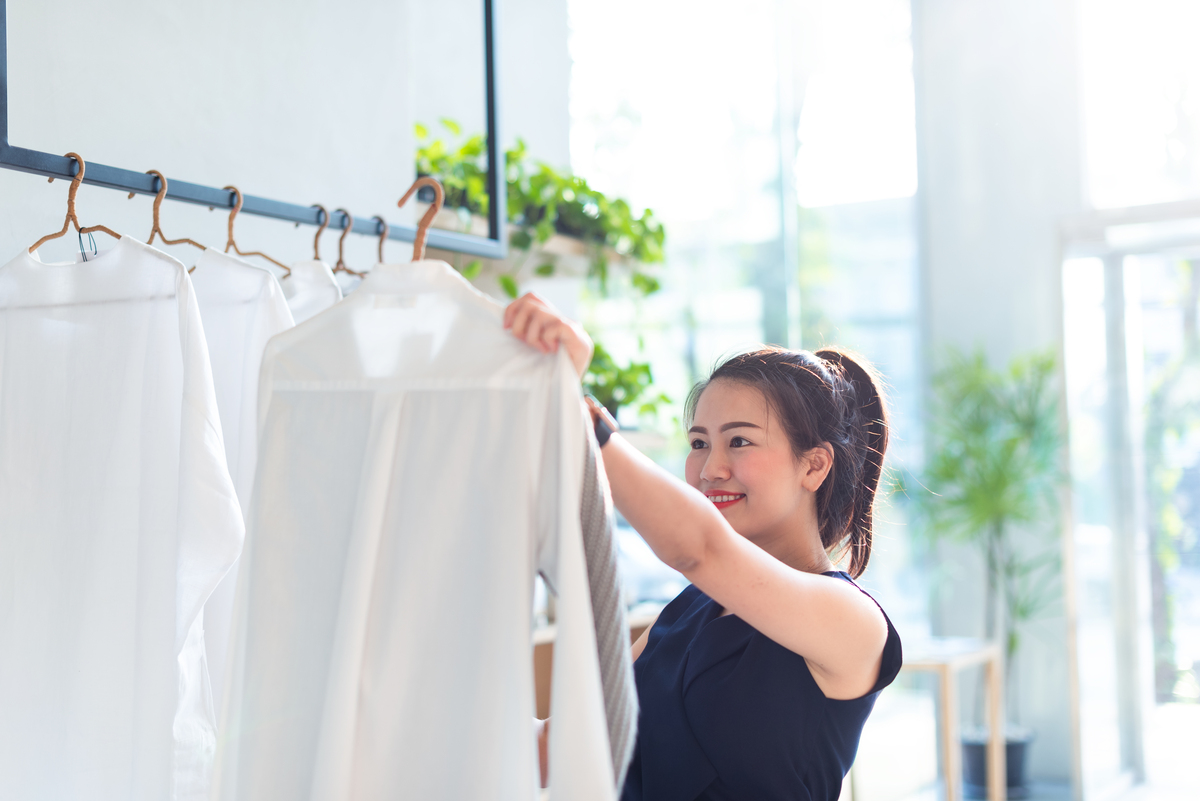
Long-lasting staples for your wardrobe
In Singapore’s hot and humid weather, one thing that we cannot live without is our trusty go-to basic T-shirt that we can throw on whether we’re heading out for a quick grocery run or pairing it with a preppy outfit for work.
Determined to create simple everyday wear that is elegant, comfortable and sustainable, EcoStaples embarked on their journey to create a range of timeless wardrobe basics designed with Singaporeans in mind. Unlike fast fashion brands that mass-manufacture polyester clothes, EcoStaples makes an environmental difference by utilising eco-friendly bamboo lyocell fabric.
Primarily made from bamboo, which in itself produces 35% more oxygen than average trees, bamboo lyocell fabric is non-toxic and biodegradable in just around 8 days, a stark contrast to synthetic materials that take hundreds of years to break down.
Moreover, bamboo garments are lightweight, hypoallergenic, and possess sweat-wicking properties, keeping you cool and comfortable in our tropical climate.
In addition to their environmental commitment, EcoStaples has also created recycled packaging to perfectly fit their products, avoiding the use of biodegradable bags that ultimately contribute to landfills as well. The next time you’re replacing some of your wardrobe staples, you can shop with EcoStaples on their website.
Support brands that make a difference
When mitigating our personal environmental impact, it’s important to show our support for brands like Circular, SimplyGood and EcoStaples that are dedicated to helping consumers lead eco-conscious lifestyles while providing products that do not compromise on quality. Their products and services are not only beneficial to our lives, but our support for these local businesses can also encourage more to follow in their footsteps, contributing to a sustainable marketplace for all.
If you found this month’s blog helpful for your eco journey, you can also stand a chance to win our Facebook and Instagram giveaway! Simply comment on our giveaway post by answering this question: “Name 3 featured brands that are changing the game for an eco-conscious lifestyle.” 10 lucky winners will receive a $30 eCapitaVoucher and a Geneco Green Starter Kit (worth $40). Contest ends on 30 Jun 2023, T&Cs apply.
Let’s continue to #PowerTheChange and conserve our natural wonders for our future generations.
Eco-friendly brands that empower you for a greener home
- Home
- 2023
[Post Date]
Eco-friendly brands that empower you for a greener home
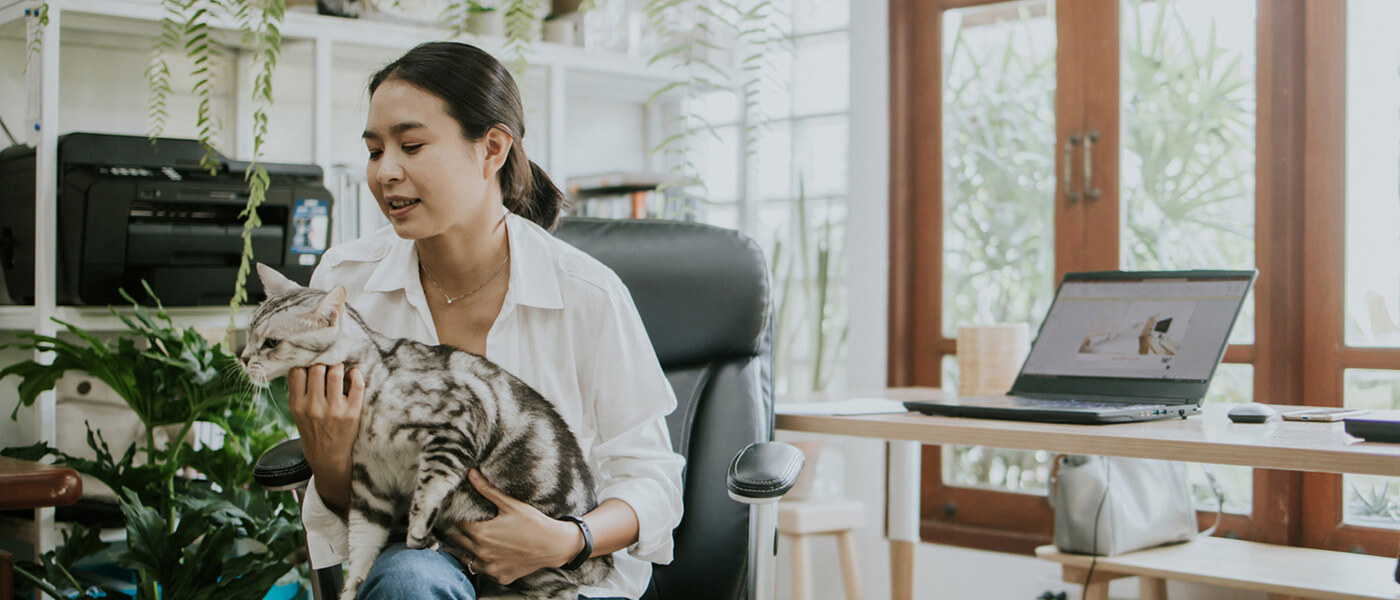
While it may feel like the waste we create on a daily basis is insignificant, the numbers can quickly accumulate over time. In 2022 alone, 7.39 million tonnes of solid waste were disposed of in Singapore, of which 1.86 million tonnes was generated by households.
As more organisations take a stance on attaining zero waste, it is now easier for us to make impactful changes and enjoy a more eco-conscious lifestyle.
In this month’s blog, we’re showcasing three local brands that are making environmentally-friendly household products easily accessible. If you’re keen to start embarking on your own zero waste journey, read on to see what they have to offer.
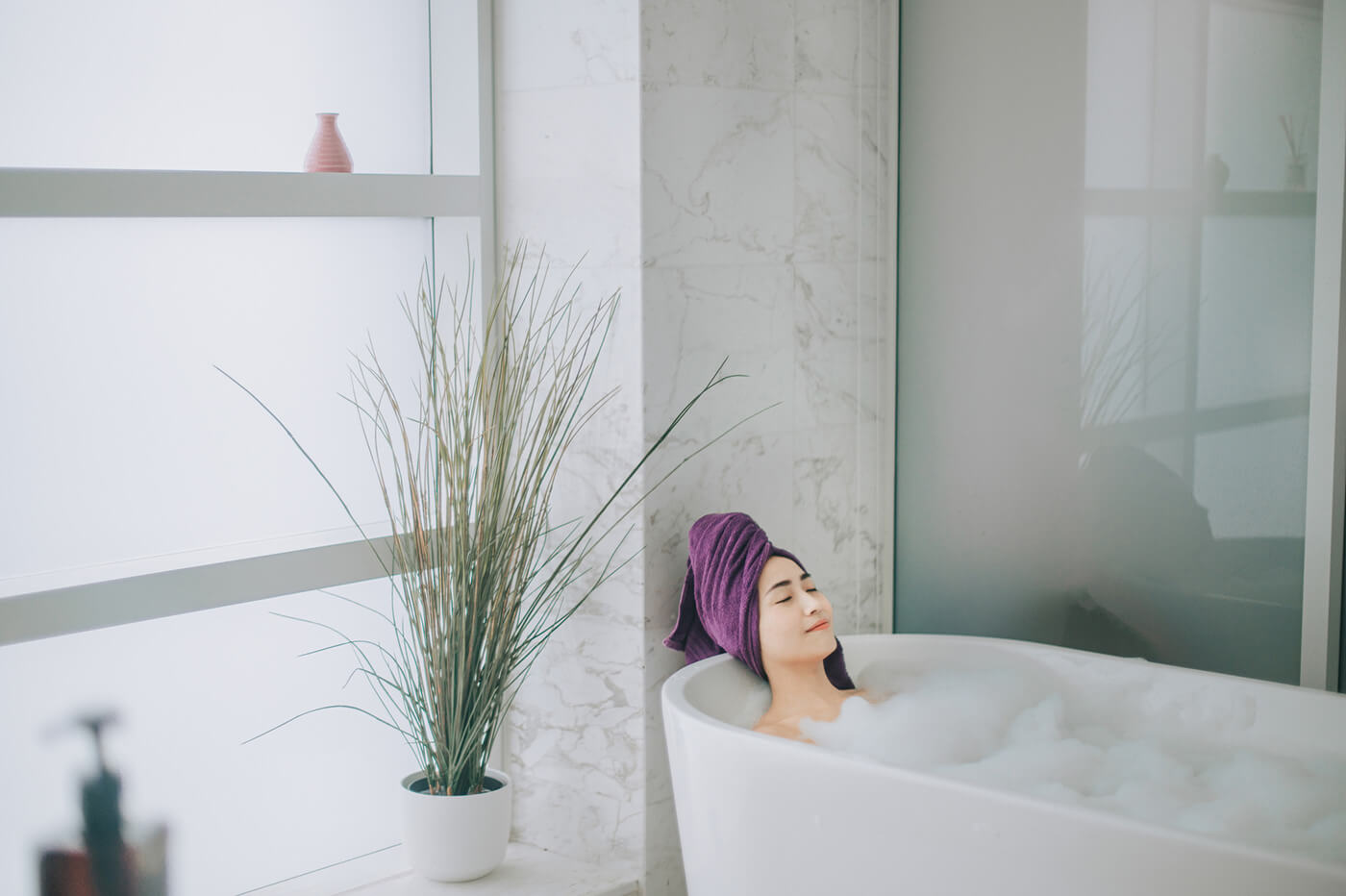
Natural personal care for the family
While we rely on soap to clean our body, mass-produced soaps use synthetic chemicals to create lather and scent and these are generally packed with preservatives that can be harmful to our skin, hard to break down when washed away, and contribute to pollution in our drains and oceans.
The Castile Soap Shop solves this problem by curating high-quality natural soaps and cleaners that are produced the right way. The brand advocates for the many natural ingredients found in our surroundings, primarily made from 100% organic plant oils, and incorporates them into their products to promote an organic, chemical-free cleaning routine.
Their online store features a wide array of products, be it for the body, hair, pets or home, making it a one-stop shop for all things related to home and self-cleaning. And once every month, the brand also provides a Mobile Refill Service for customers to have their favourite soaps topped up right at home in their recyclable bottles to reduce plastic waste.
Making eco-conscious choices can be convenient with brands like The Castile Soap Shop. If you would like to check them out, head over to their website or Instagram page.
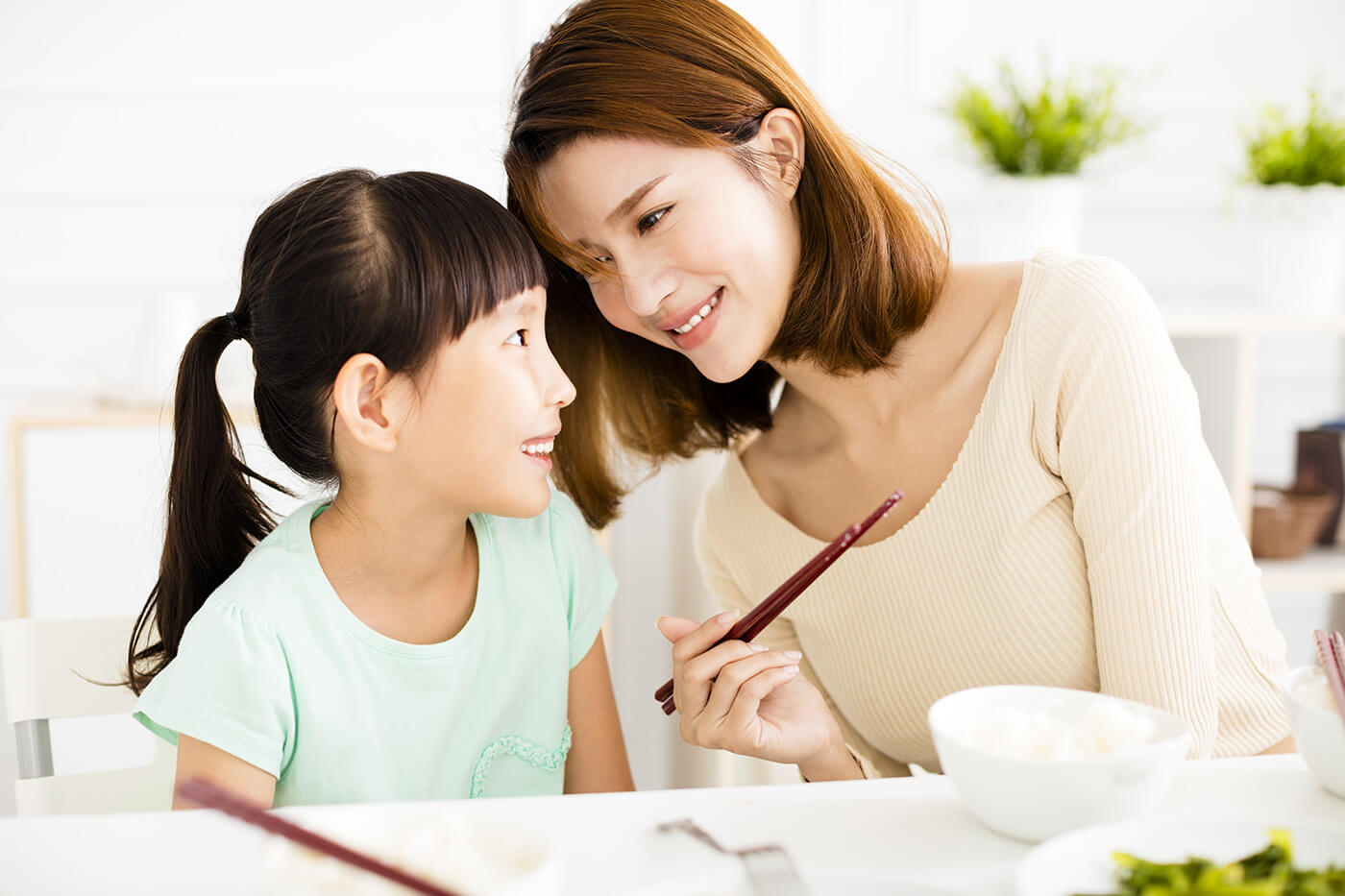
Going green one chopstick at a time
Every week, over 1.5 billion disposable chopsticks are used worldwide – and are sent straight to the landfills.
With so much wood at our disposal, ChopValue has found a way to transform all these single-use waste into functional home furniture and decor pieces. From kitchen accessories, to home office desks and wooden toys, the brand is making their impact and crafting unique items to elevate your home, one chopstick at a time.
The company begins their process by collecting used chopsticks from various businesses before turning them into new engineered material that is stronger than oak and harder than maple. Consumers can now drop off their excess unused disposable chopsticks too, located at their micro-factory at 56 Loyang Way. Production then takes place in their micro-factories around the world to produce high-quality, minimalist furniture designed to elevate homes without compromising functionality or style.
You can find a range of upcycled furniture from phone holders to cheese boards on ChopValue’s online store, or follow their Instagram page to keep up-to-date with their latest news.
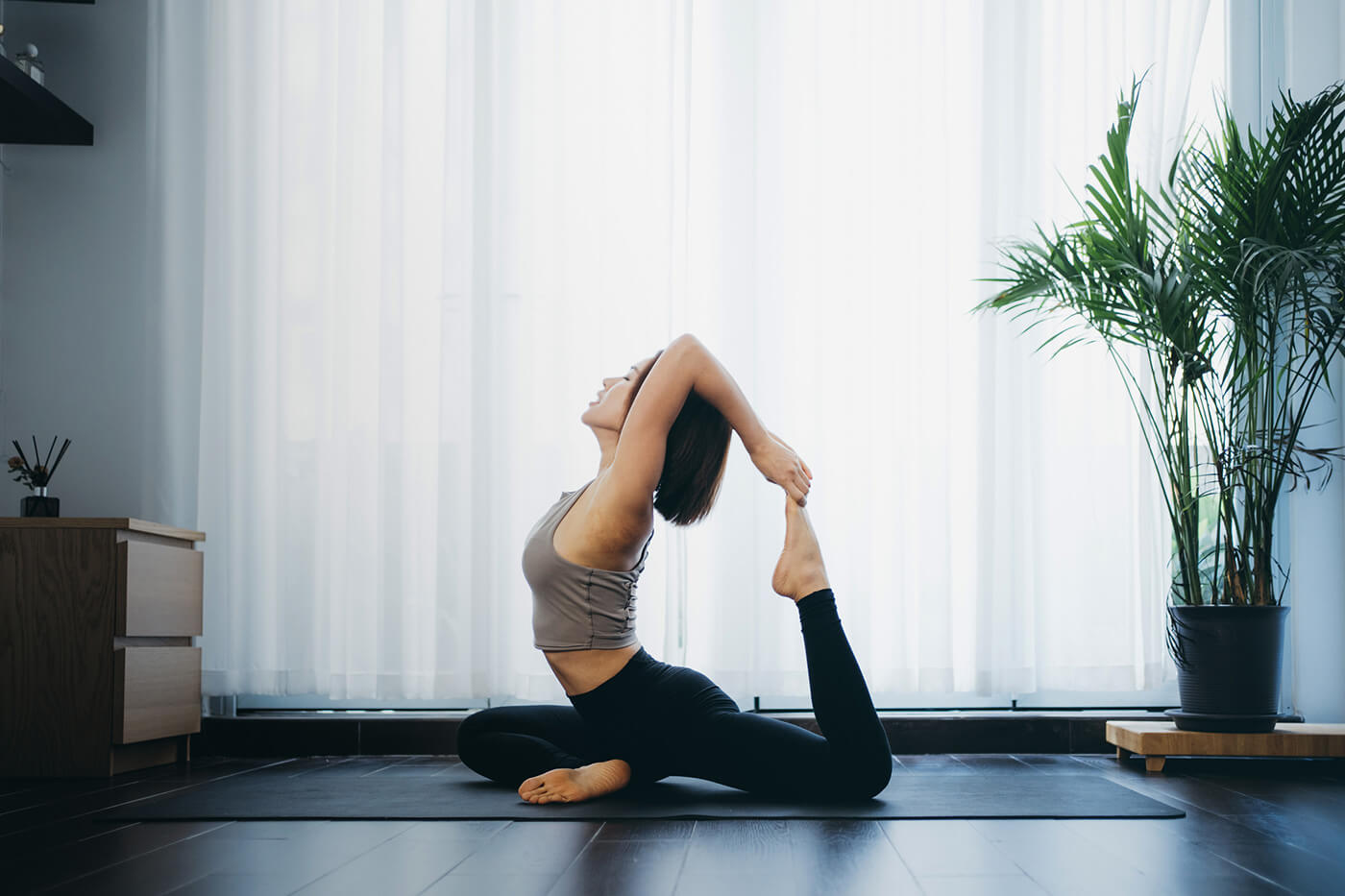
Choose Eco-Brands Over Mainstream Products
Practising yoga can help to reduce stress and anxiety by encouraging mindfulness and promoting a sense of relaxation. However, it is also important to be equally mindful of the impact that our fitness routines have on the environment.
Items such as conventional yoga mats, exercise balls, and resistance bands are typically made from polyvinyl chloride (PVC), which is non-biodegradable and difficult to recycle, and can take up to 500 years to break down. They also contain phthalates and other harmful chemicals that are released into the air and the environment over time.
By using eco-friendly workout gear and making sustainable choices, we can not only improve our own wellbeing but also contribute to a healthier environment. You can start to do so by taking a look at TouchTheToes, a local yoga shop that focuses on supplying sustainable and ethical products to promote an eco-conscious active lifestyle.
The store stocks yoga mats, workout apparels, and fitness accessories made from organic cotton, natural rubber and recycled plastic bottles. Their signature yoga products are free from synthetic chemicals and provide stronger grip and cushioning – courtesy of natural-occurring properties from components like rubber, cork and jute.
TouchTheToes’ goal is to ensure that they are neither short-changing their suppliers, nor charging a hefty price tag to their customers. Most of their products are ethically sourced and produced in line with the United Nations Sustainable Development Goals – a framework that prioritises responsible consumption, zero poverty and climate action. If you’re looking for new workout wear, why not check out TouchTheToes on their website or Instagram page.
Embark on your zero-waste journey today
As zero-waste practices continue to grow in Singapore, there are many more brands who are providing eco-friendly solutions and alternatives to help you embark on your own environmental journey.
Starting from today, you can make a stand to do your part in reducing waste by checking out these three sustainable living brands for your household essentials.
If you have enjoyed our monthly blog, you can also stand a chance to win our Facebook and Instagram giveaway too! Simply comment on our giveaway post by answering this question: “Name one of the 3 featured brands in our latest blogpost that advocate zero waste living.” 10 lucky winners will receive a Geneco Green Starter Kit and $30 worth of eCapitaVouchers. Contest ends on 31 May 2023, T&Cs apply.
Let’s continue to #PowerTheChange and embrace a #ZeroWaste lifestyle.
- *Last updated at 2pm on 21 March 2023
Image Credits: Nylon Coffee Roasters
Source: The Sustainability Project
Eco-friendly food choices for a sustainable future
- Home
- 2023
[Post Date]
Eco-friendly food choices for a sustainable future
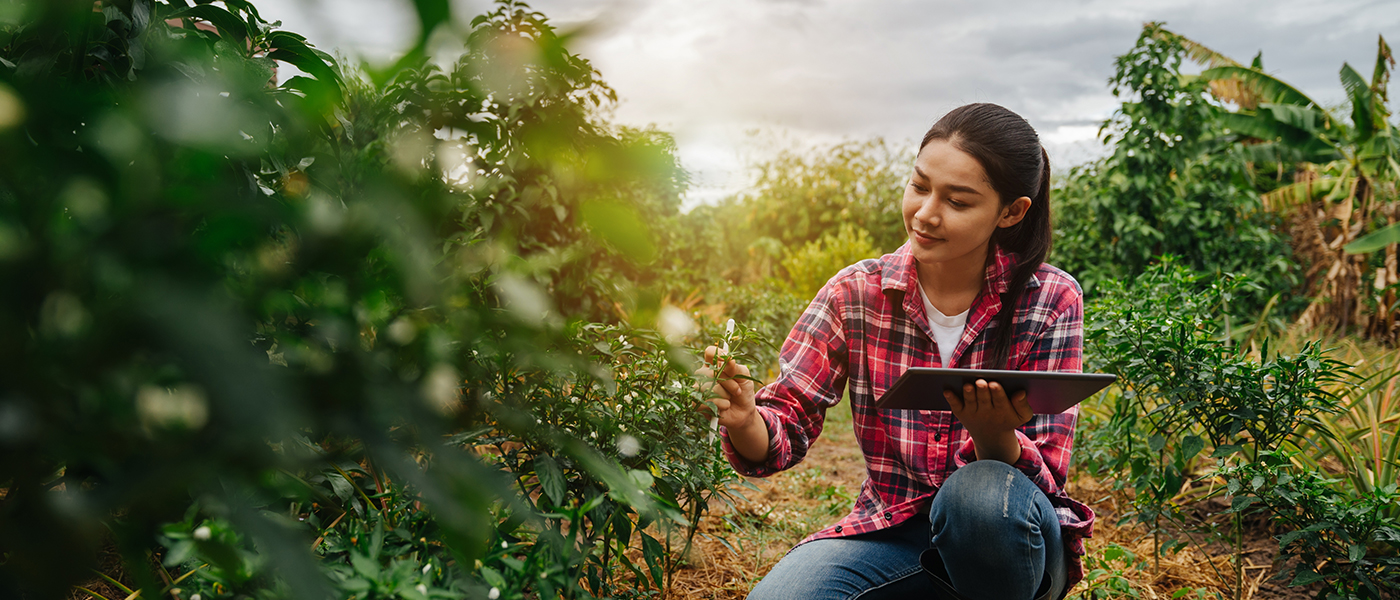
From agriculture to food processing and distribution, each stage of the global food production has a significant impact on the environment. In fact, one-quarter of the world’s greenhouse gas emissions result directly from food and agriculture.
As consumers, we can do our part to reduce our carbon footprint by making eco-friendly lifestyle changes, and it can be as simple as buying local produce, planning your meal portions in advance, or even diversifying your meals by going plant-based. Along with government efforts such as the Singapore Green Plan 2030 and Singapore Food Agency’s ‘30 by 30’, which aims to nurture our agri-food industry’s capability and capacity for sustainable food production, many local businesses are now providing environmentally friendly dining options, and we can find sustainable menus more widely available around Singapore.
In this month’s blog, we are showcasing three organisations that make it easier for anyone to enjoy alternative food choices that are good for both our health and the environment.
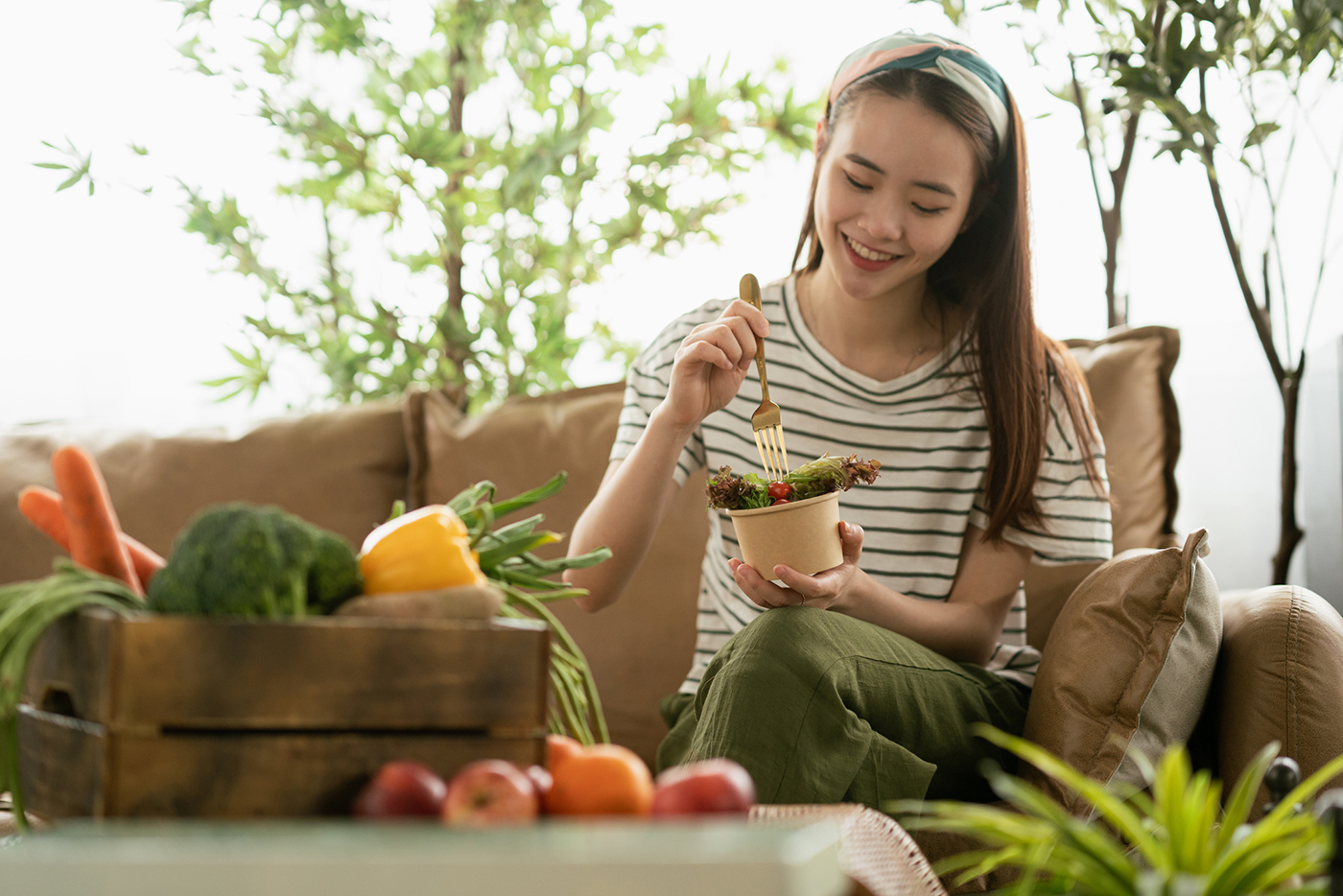
Go green, one bowl at a time
Committed to making a positive impact in Singapore’s food scene, The Kind Bowl has created a delectable menu that uses sustainable and ethical ingredients, along with their aims of promoting food as a way to nourish our bodies. The humble plant-based Vietnamese restaurant goes by the belief that anyone can make a meaningful impact on the planet, simply by switching to just one plant-based meal a month.
This belief is at the heart of The Kind Bowl’s ethos, where they are dedicated to promoting sustainable eating and making it accessible to everyone. If you’re planning to head down to The Kind Bowl to enjoy comforting Vietnamese food, you can check out their bestselling dishes, which include Saigon Delight, the classic Banh Mi made with OMNI Luncheon Meat; and The Kind Pho, which is a blend of silky rice noodles and umami broth, with “no chicken” seitan and grilled oyster mushrooms.
Their commitment to sustainability and healthy eating is inspiring, and serves as a reminder that we can all make a difference, one bowl at a time. To make a reservation at any of their three outlets, you can visit their reservation website.

Hegg-spect the un-hegg-spected
Singaporeans consume more than 5 million eggs a day, but local production can only meet around 20% of the demand. To help Singapore reduce its dependence on imported plant-based eggs and achieve our 30-by-30 goal, homegrown food tech company, Hegg, is constantly pursuing new and innovative ways to create delicious and versatile plant-based egg products.
If you’re curious to try out this unique protein alternative, you can start with the Hegg Eggless Egg powder that you can use in various cooking applications – whether you like your eggs baked, scrambled, fried and more. But if you’re looking for other exciting additions to your plant-based meals, you can also find Hegg’s Eggless Kaya and Eggless Mayonnaise in the line-up. They are also constantly sharing accessible plant-based recipes that you can create using Hegg products such as the Hegg Brownies and Hegg Portugese Egg Tarts recipes, making it easy to incorporate their eggless products into your diet.By producing this tasty egg alternative, Hegg not only reduces water footprint and eggshell wastage in Singapore, they also extend their efforts toward supporting animal rights. To try your hand at creating some plant-based egg recipes, check out Hegg’s website.
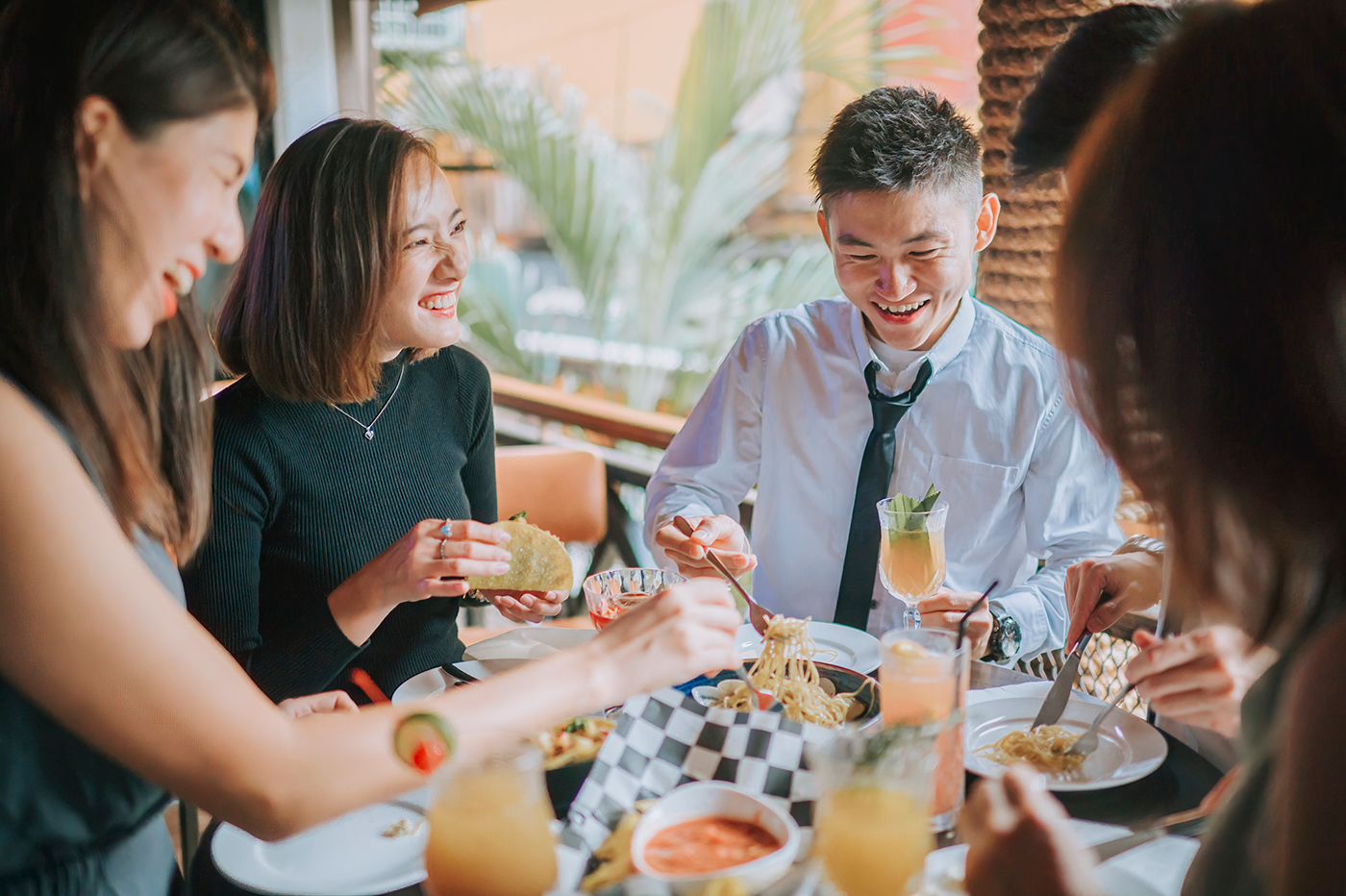
Discover eco-conscious Mexican flavours
If you’re craving for flavourful and robust Mexican food, look no further than Super Loco, a Singapore-based restaurant that offers the best of Mexico’s gastronomic cuisine with a contemporary and sustainable twist. Committed to reducing their carbon impact and contributing to the environment, Super Loco has implemented four sustainability pillars that they live by:
- Carbon Conscious Menu, where the menu is at least 50% plant-based and the carbon footprint of each dish is indicated
- Tree Adoption, a partnership with Green Steps to aid reforestation across Borneo’s endangered rainforests and minimise carbon impact
- Filtered Water, which has saved 9,000kg and 5 tonnes of carbon emissions from transportation of imported bottled water
- Zero Plastic, which produces fully biodegradable straws with fully compostable delivery packaging
The restaurant is deeply inspired by its vibrant culture that honours home cooking, bringing to life their vision of serving contemporary Mexican cuisine influenced by authentic Mexican flavours. To make a reservation at any of their four outlets in Singapore, visit their website.
Sowing the seeds of sustainability with #GenecoFiVesta
To celebrate our fifth anniversary with #GenecoFiVesta, we have launched #SeedTheFuture initiative, and partnered with homegrown ice cream brand, Apiary, who is known for its premium ice cream flavours that are made with natural ingredients without any artificial colouring, to create an exclusive Geneco #SeedTheFuture ice cream. This limited edition flavour will be available from 1st to 30th April at all Apiary outlets and online store, and Geneco customers can enjoy 10% off this exclusive ice cream pint.
Our dedication to a more environmentally sustainable future is reflected in the carbon-neutral certified production process and the use of carbon-neutral packaging for serving the ice cream. The flavour combines the refreshing taste of calamansi lime with attap seeds, one of the seeds conserved at the Singapore Botanic Gardens Seed Bank, and it is perfectly balanced with a delightful blend of sweet and sour notes resulting in a zesty treat. Furthermore, the ice cream presentation is designed to resemble the planting of seeds: attap seeds are carefully placed in a concave dip in the ice cream and topped off with golden cereal crumbles that have been baked with butter and sugar to symbolise soil. This creative touch adds to the overall aesthetic appeal, creating a memorable sustainability experience with a sweet twist.
On top of that, we are also contributing $10,000 to the Garden City Fund, a registered charity and IPC of National Parks Board (NParks), to support the Singapore Botanic Gardens Seed Bank. This donation will help preserve the seeds of endangered plant species affected by climate change and habitat loss.
To learn more about #SeedTheFuture initiative, visit www.geneco.sg/fivesta.
Let’s continue to #PowerTheChange and seed the future for generations to come.
- *Last updated at 2pm on 21 March 2023
Image Credits: Nylon Coffee Roasters
Source: The Sustainability Project
Seed The Future — 3 Ways you can conserve our green heritage
- Home
- 2023
[Post Date]
Seed The Future — 3 Ways you can conserve our green heritage
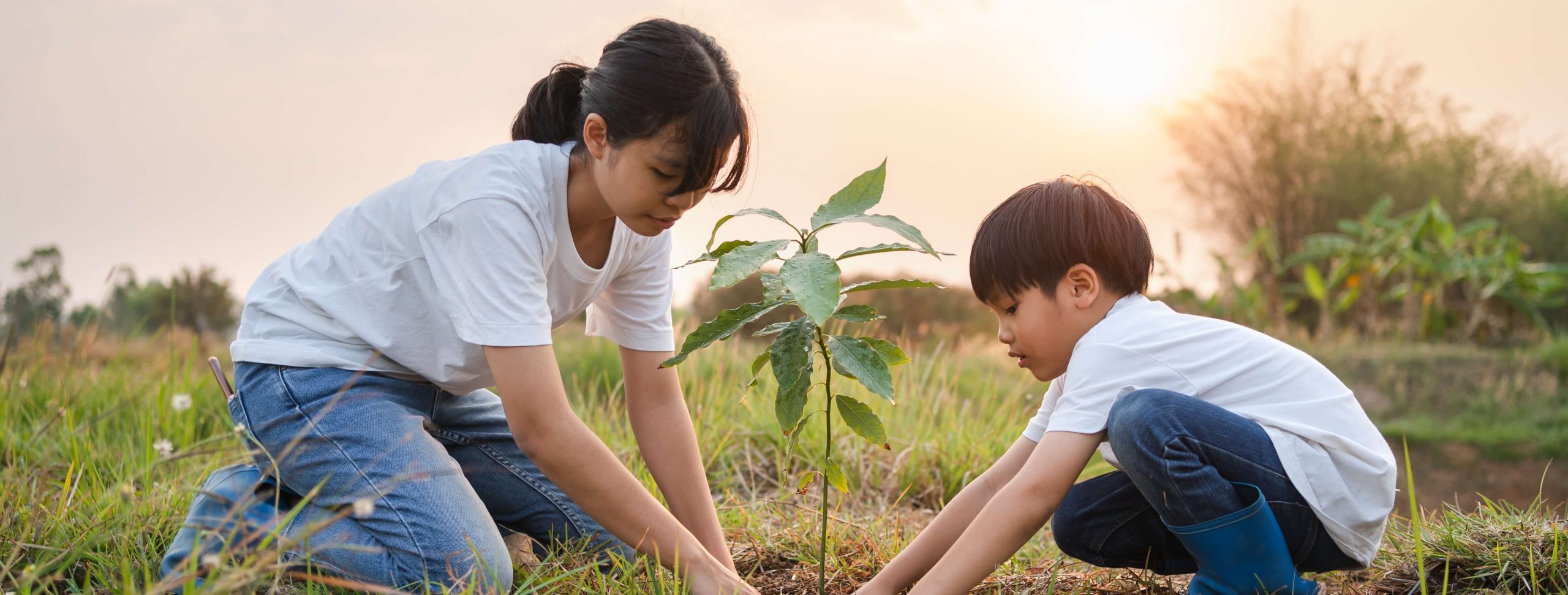
Singapore has a huge array of botanical biodiversity, with over 4,600 floral species and approximately 1,612 native plant species found all around our country. Thanks to the initiatives and decades of hard work put in by our government and stakeholders since the 1960s, we can enjoy and revel in the lush nature and vibrant life that surrounds us today.
Today, the pursuit of transforming our country into a sustainable City in Nature is still gaining traction, with new nature parks being opened and mangrove restoration projects kicking off. As we celebrate the International Day of Forests today, let’s all take this opportunity to appreciate our natural green spaces and play our part to protect it. We’ve put together three easy ideas for you to start making a difference and contributing to the preservation of our green heritage.
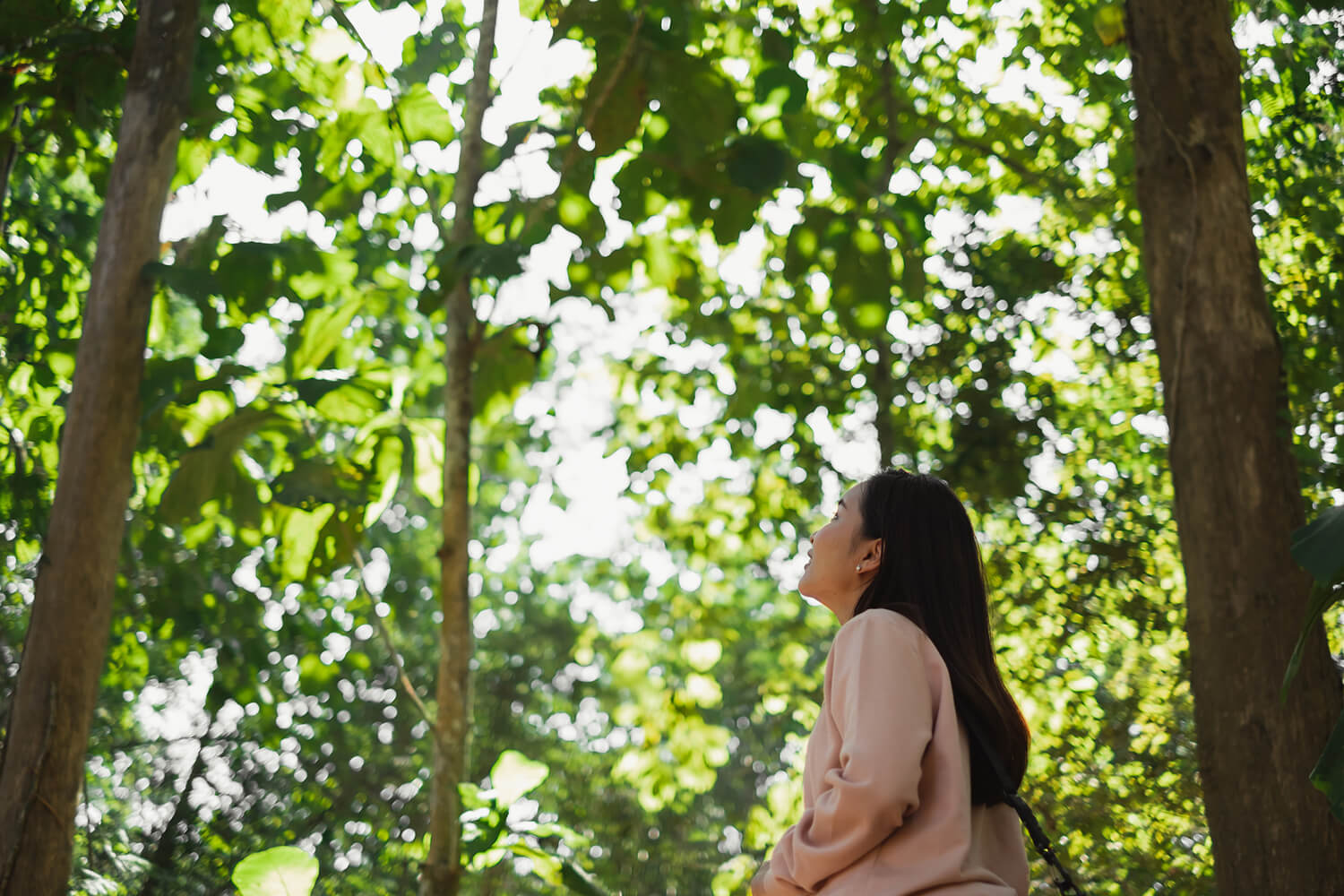
1. Learn about the different tree species around us with TreesSG
Beyond providing cooler air temperatures in Singapore’s hot and humid climate, trees help to mitigate the effects of urbanisation by reducing air pollution and providing habitats for wildlife. With approximately 7 million trees in Singapore, there is much that we can learn about the lush greenery around us.
As part of the OneMillionTrees Movement that aims to restore nature back into our city by planting an additional one million trees across Singapore over the next 10 years, TreesSG is a resource powered by National Parks Board (NParks) that can help you learn about Singapore’s urban trees on an interactive map.
For those who love an on-ground adventure, TreesSG has downloadable DIY Trails with specially designed routes that allow you to navigate your way around our Heritage Trees at your own pace. If you’re curious about the trees you see everyday, you can even gain insights about the trees in your neighbourhood with the TreesSG interactive map. Simply click on any tree on the map to learn about its name and characteristics, and the benefits it provides. You can even use the map to share your sightings of flowering trees with your own tree photos!
If you’d like to contribute to the movement, you can also make a donation to NParks’ registered charity and IPC, Garden City Fund, which will go towards reforestation efforts and help restore degraded ecosystems. With a simple donation covering the cost of a single tree, NParks will help to plant a tree around the heartlands of Singapore. If you are interested, you can participate through TreesSG’s website.
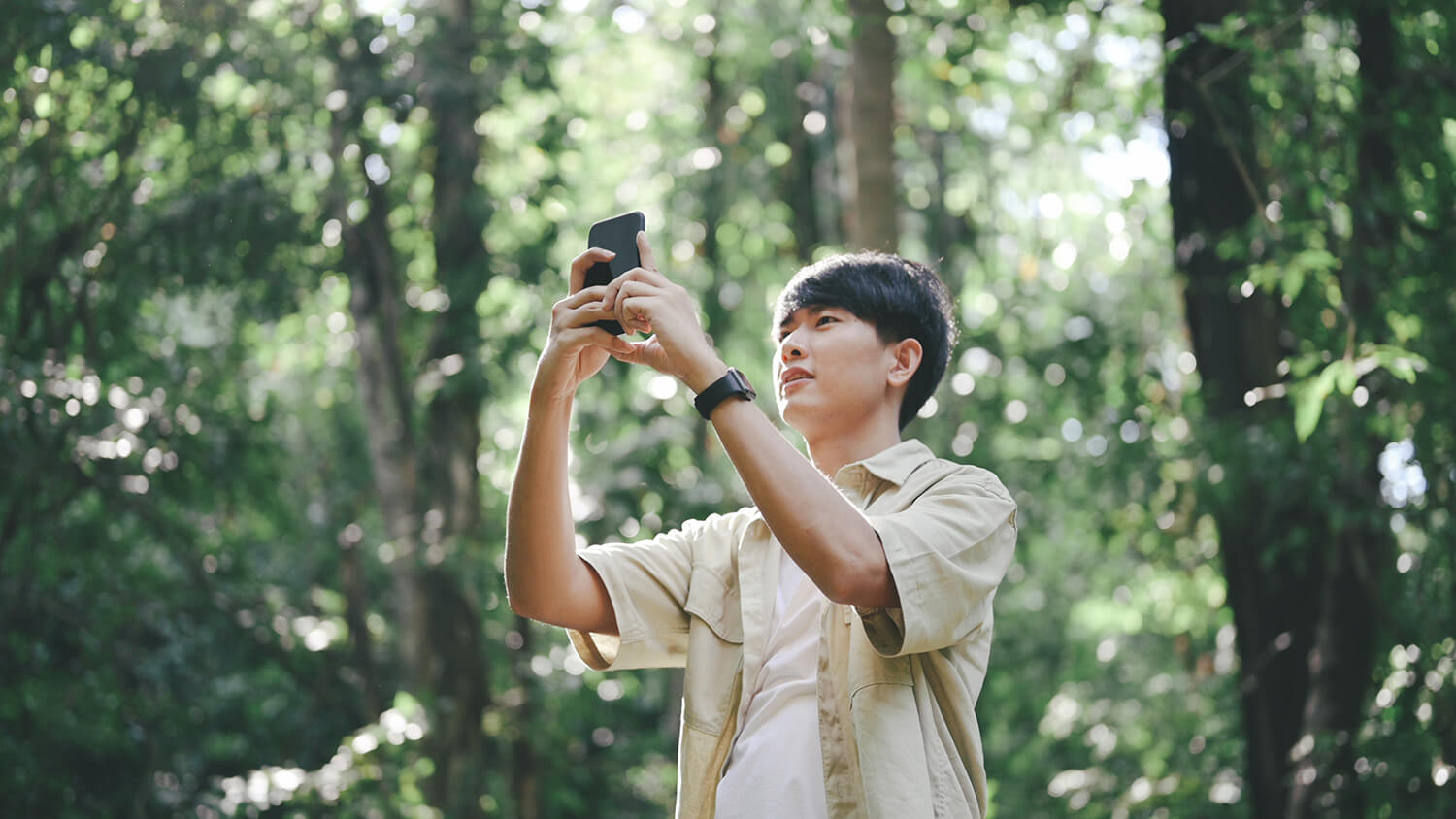
2. Start visiting our Nature Ways
To encourage ecological connectivity and connect fragmented habitats that may have been previously destroyed by deforestation, NParks started rolling out the “Rewilding Plan”, by progressively planting native trees, shrubs and wildflowers along stretches of our nature corridors and green spaces. Part of the Rewilding Plan includes the implementation of multi-tiered tree planting to resemble natural structures of forests and create natural pathways, and these routes are called Nature Ways.
Intricately planted with specific trees and shrubs to facilitate the movement of animals like birds and butterflies between green spaces, Nature Ways connect areas of high biodiversity to urban communities, create immediate habitats, and bring nature closer to Singapore residents. There are currently 49 Nature Ways in Singapore, stretching 170 km and connecting areas of high biodiversity, such as the Central Catchment Nature Reserve and Bukit Timah Nature Reserve. By 2030, NParks aims to increase these pathways to 300 km.
If you haven’t made plans this weekend, why not explore one of the Nature Ways in Singapore? You can visit their website to find out more about the important layers that are incorporated in each Nature Way, and find out where these Nature Ways are before you embark on your adventure.
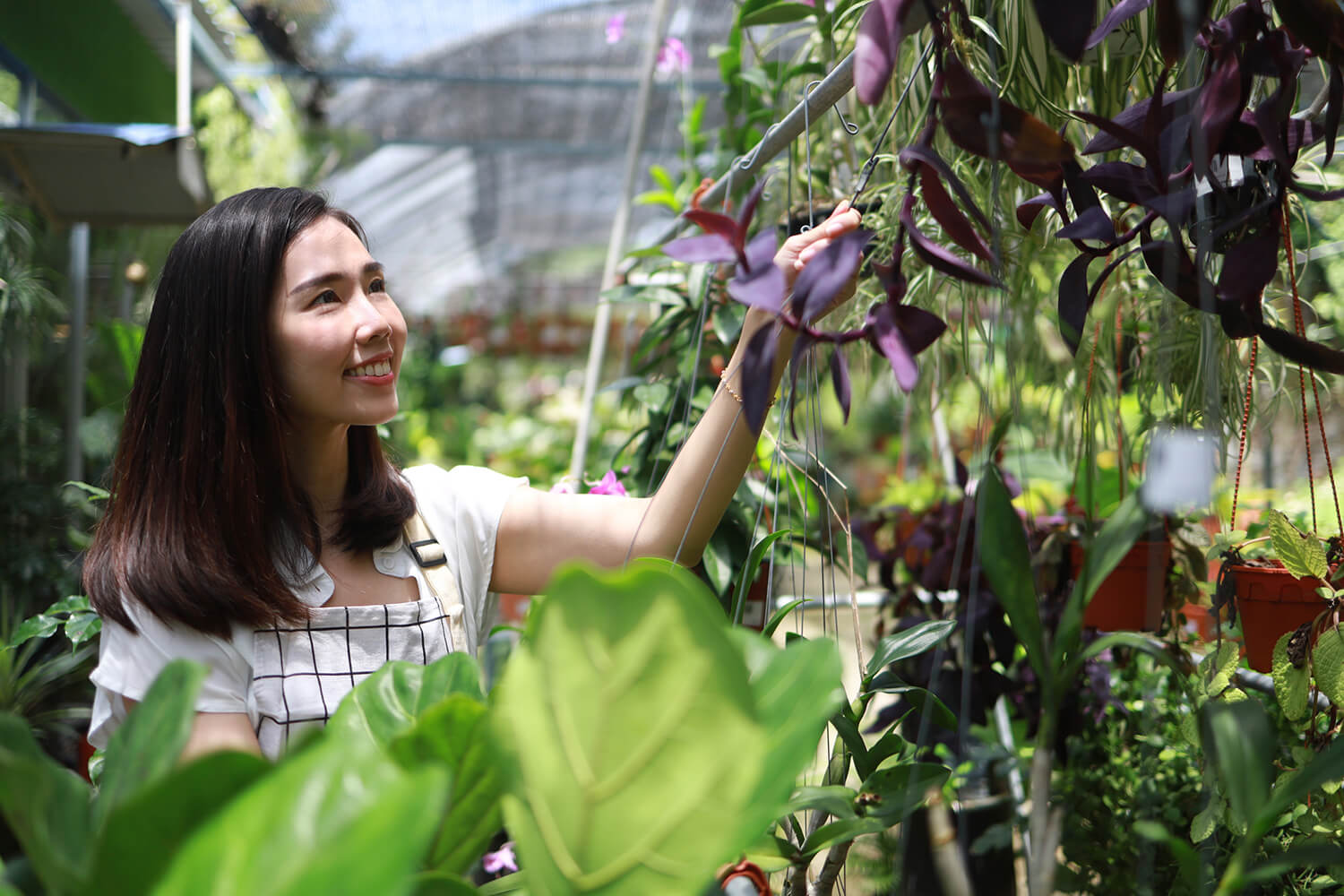
3. Volunteer at the Singapore Botanic Gardens
Singapore is well-known for its abundant green spaces, and one horticultural attraction that continues to be a popular destination for tourists and locals alike is the Botanic Gardens. With decades of history and over 82 hectares of curated flora and fauna, the Gardens remains as the only tropical botanic gardens in the world today to be designated as a UNESCO World Heritage Site.
If you would like to lend a hand in helping the Gardens to continue thriving, there are plenty of ways you can volunteer. One way is to sign up as a tour guide and be a part of their weekly free tours for the public — not only will you get a chance to learn more about the plants in the Gardens, you will also get to share this new knowledge with others.
Got a green thumb? Another fun way you can help out is to sign up as a Gardening Volunteer. Volunteers are given the opportunity to maintain an area in the Gardens. From preparing the ground, to sowing seeds, fertilising and composting, and even identifying and labelling plants, there is much you can learn about the plants in the Gardens while gardening and seeing the fruits of your labour.
Upon completing 10 hours of volunteer work, you will also receive a Volunteer Pass that gives you entitlements such as an invitation to an annual Volunteer Tea hosted by the Director of the Gardens and other special events and previews.
To find out more about how you can sign up as a volunteer, you can visit their website here.
#SeedTheFuture With #GenecoFiVesta
Conserving our natural environment takes a collective effort, and we can all participate by learning more about our environment and inspiring others to join in on our efforts. By working together, we can create a greater positive impact and forge a greener future for Singapore.
In celebration of our fifth anniversary #GenecoFiVesta, we will be donating $10,000 to NParks’ registered charity and IPC, Garden City Fund as part of our #SeedTheFuture initiative. This donation will go towards supporting the preservation of threatened plant species and the conservation of our botanical diversity at the Singapore Botanic Gardens Seed Bank. We hope that this initiative will inspire more to lend a hand in protecting our lush green spaces, as we continue to build a sustainable home for all.
Be a part of the action — find out more about the Singapore Botanic Gardens Seed Bank and how you can support them here.
In addition, we are also giving away a $30 eCapitaVoucher and an exclusive Geneco Green Starter Kit to 10 lucky winners over on our Facebook and Instagram pages! All you have to do is answer this: “How many Nature Ways are there in Singapore currently?” and follow the rest of the steps in the post to stand a chance. Contest runs from 21 March to 31 March 2023.
Let’s continue to #PowerTheChange and seed the future for generations to come.
- *Last updated at 2pm on 21 March 2023
Image Credits: Nylon Coffee Roasters
Source: The Sustainability Project

